Our ride from home to Harwich for an overnight ferry to the Hook of Holland, then across the Netherlands and through Germany to Malente in Schleswig-Holstein, not that far from the Danish border.
Apr 22
Recent watercolours
Some of my most recent watercolours. I belong to a facebbok group that posts challenges which result in some efforts from me. With others, it could be just an image I like and want to have a go at.
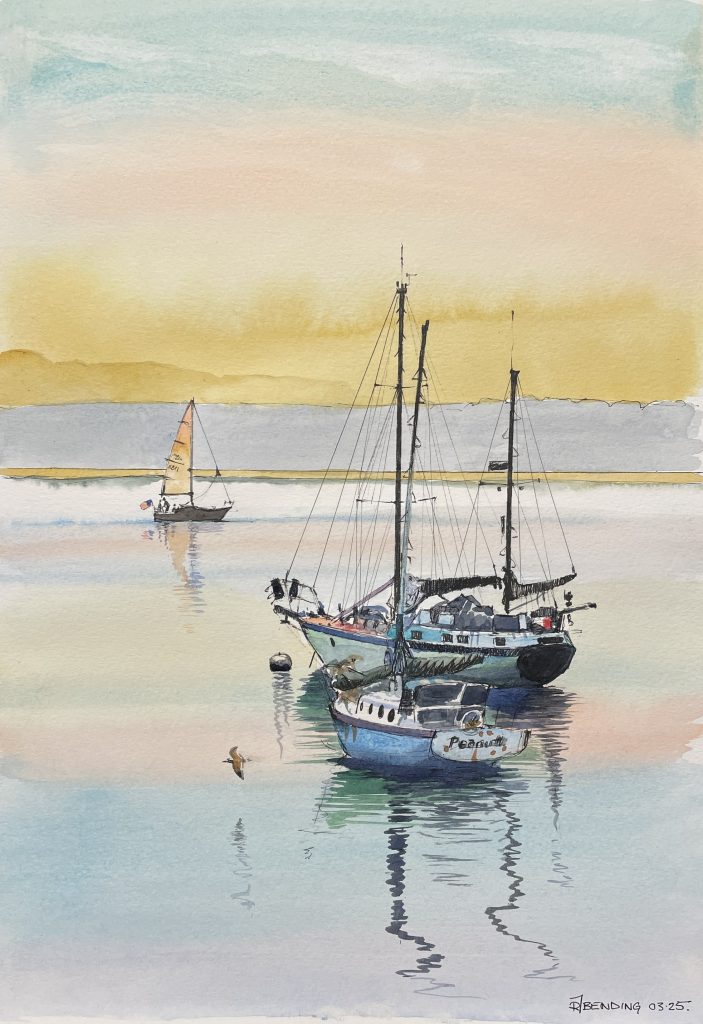
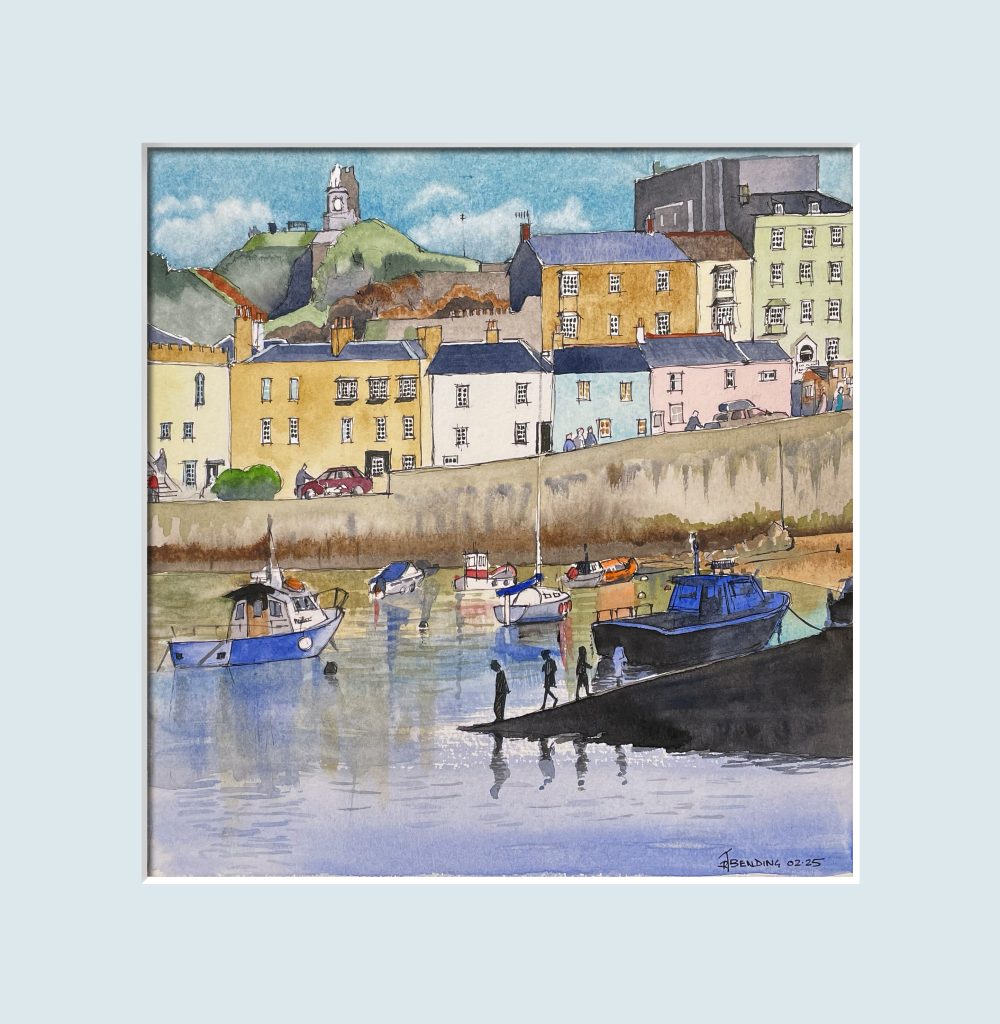
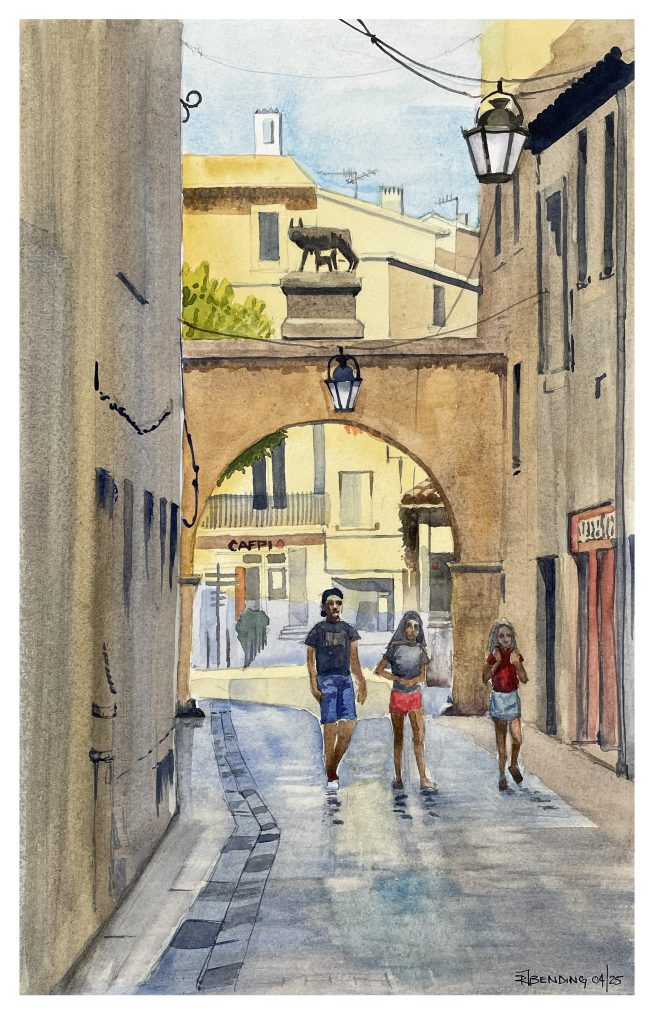
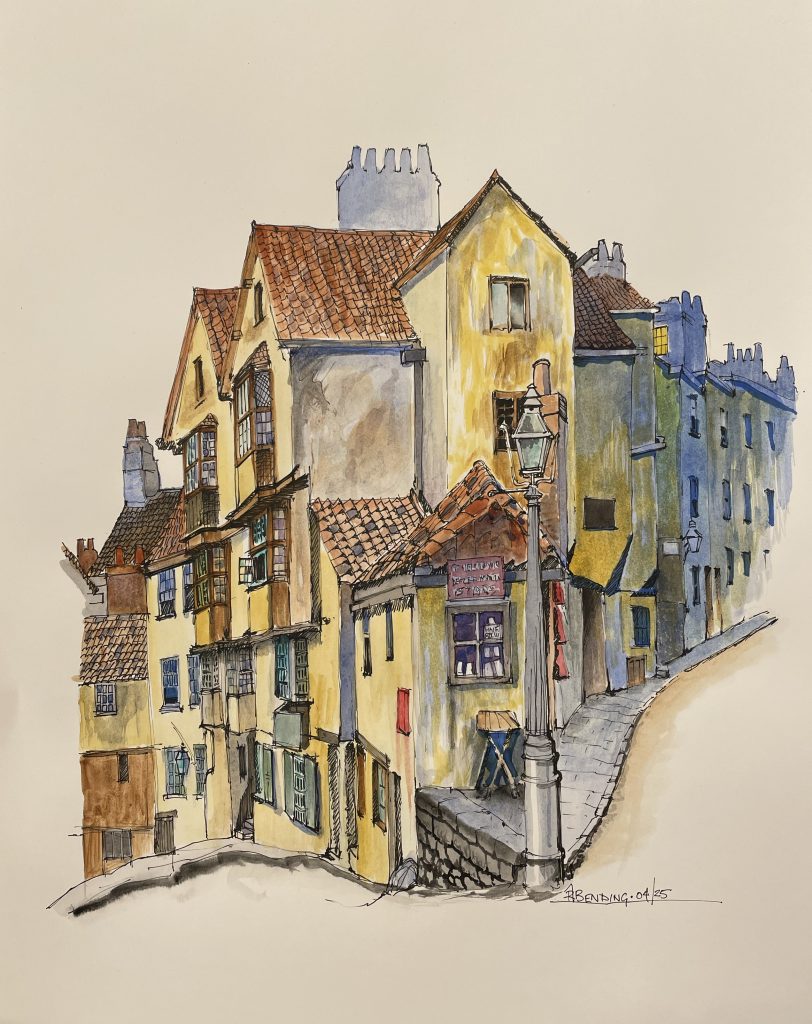
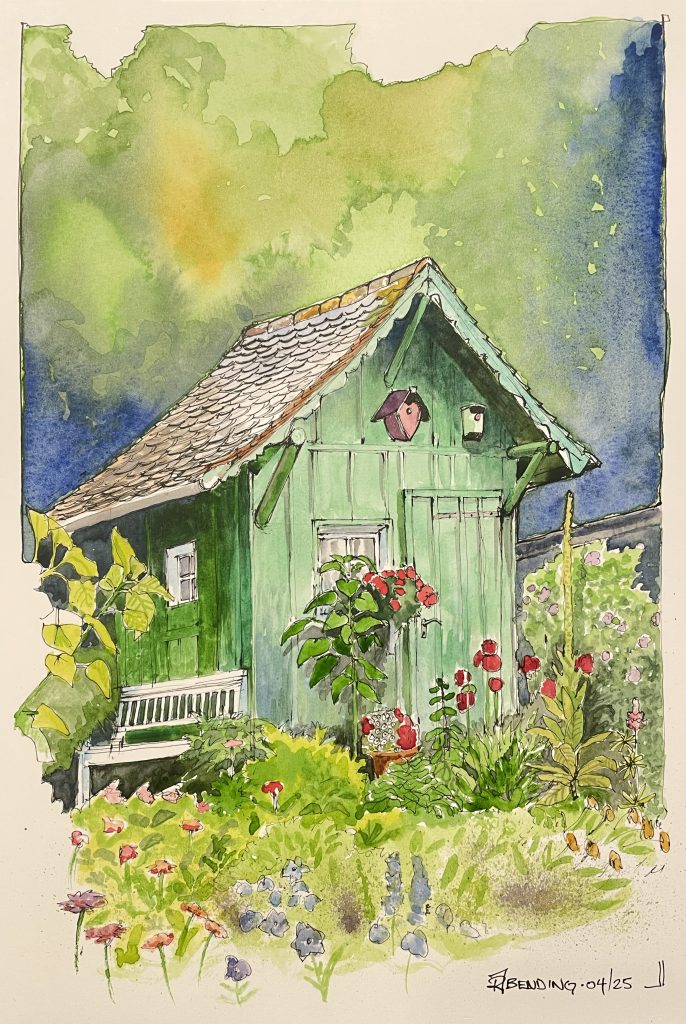
Feb 23
Tweaking the Bafang
In February I decided to try and legalise the Pino as best I could while retaining the throttle to get the bike moving at junctions etc.
See my previous post about reprogramming the Bafang motor
Having seen several posts on Facebook where the police had seized e-bikes for having throttles that power the bike without pedaling, even if only up to 15.5mph, I thought I should try to get the Pino as close to being legal by curtailing the throttle top speed even more. Legally the throttle can only power the bike up to 6kph (3.7mph).
Now I’m in a bit of a pickle… With a throttle, I can apply power, get the bike moving and then we can start pedalling. This is possible even on a good gradient. It’s so handy that I consider the ability to accelerate the bike fairly briskly at busy junctions a safety feature. But with the throttle powering the bike up to 15.5mph we could fall victim to a zealous member of our police force.
Without any electric assist, getting the Pino moving, even on the flat, is not easy. It takes a couple of ‘scoots’ from me to get the bike moving enough for me to get my feet up onto the pedals, then we can both start pedalling and once moving, we’re ok. On any rise it becomes extremely difficult.
Whatever arrangement we have is going to be a compromise but I thought we could experiment a little so I disconnected the throttle completely but reduced the number of pedal revolutions it takes before pedal assist kicks in and increased the amount of power initially applied. We went for a 25-mile test ride to see if we could do without the throttle but a more aggressive uptake from the motor. At a junction on a slight incline, getting going proved tricky and at another junction on a blind bend we didn’t accelerate fast enough to get across the road comfortably.
So, I want to retain the throttle, limiting it’s speed to something which will still be useful when we need to pull away uphill or at a busy junction. I connected up the programming cable again, but found there’s no straightforward way to set the throttle maximum speed to 6kph – the system won’t accept it. After some searching and reading blogs and discussion groups I found a reasonable work around.
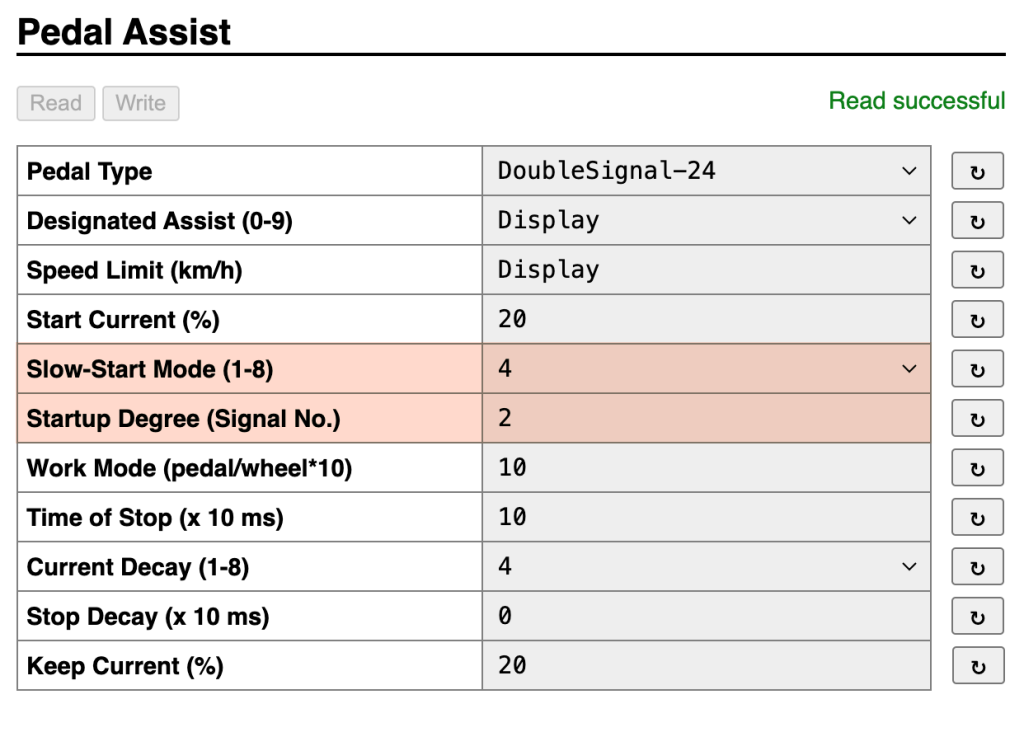
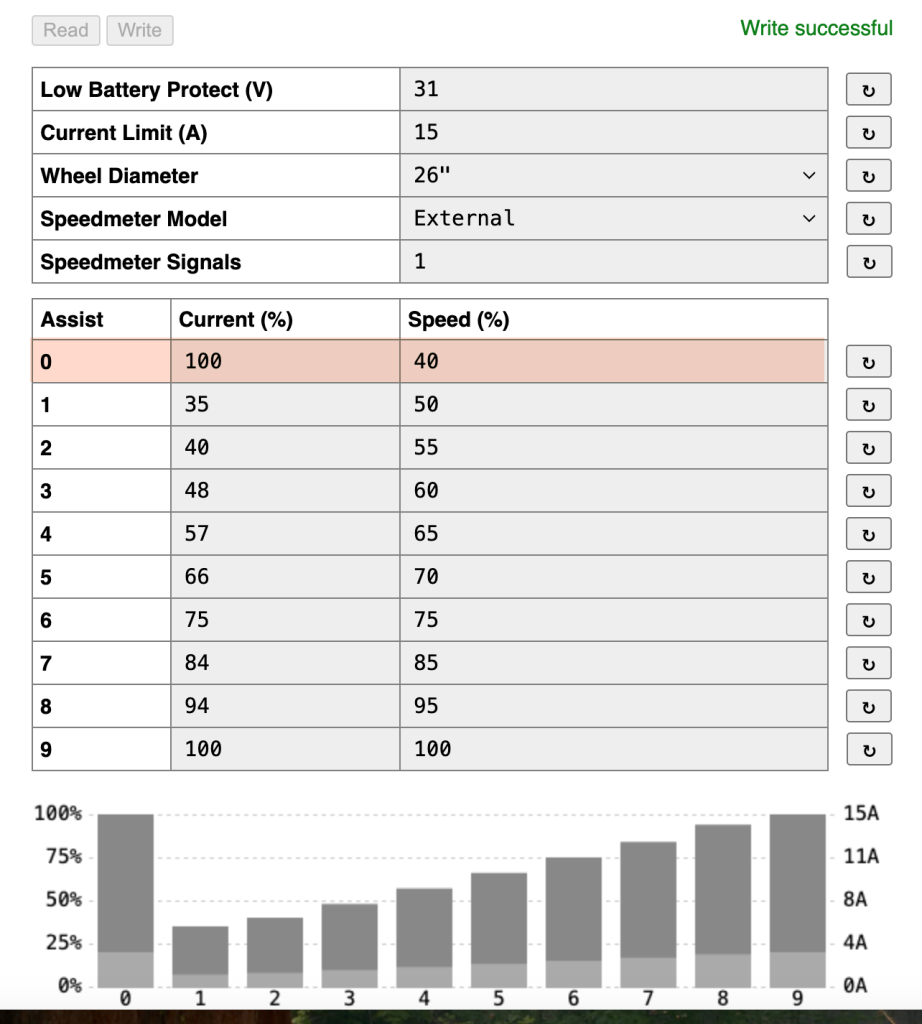
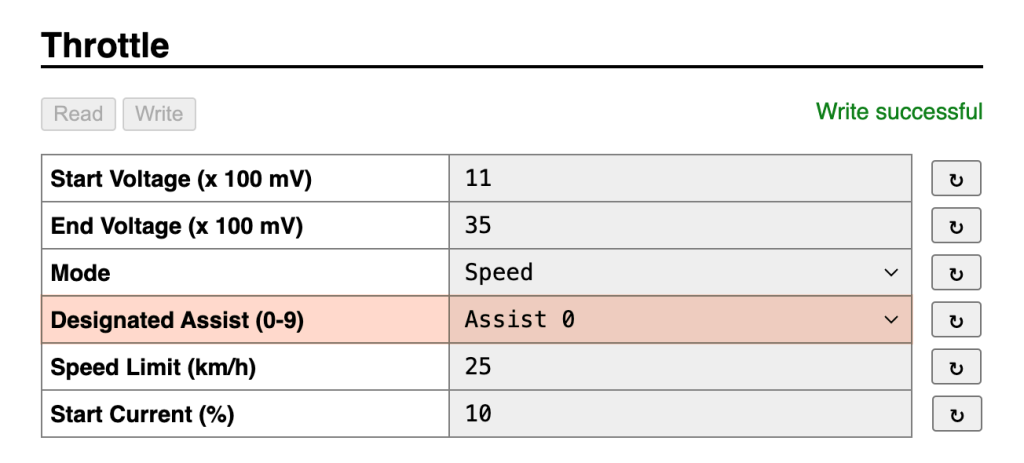
The result is that in power level ‘0’ the throttle will still have no effect, but in all other levels it will achieve 40% of that power level’s maximum speed. As the Bafang provides assistance at the chainwheel, not the hub, any assistance is amplified by higher gears on the Rohloff. In level ‘1’ the throttle will move the bike without any pedaling to only a couple of mph and in level ‘9’ it will power the bike up to about 8-9mph.
We normally pull away in gear 8 on the Rohloff and in power level ‘9’ that will power the bike up to about 6mph which should be fast enough even on a hill start.
Another test ride will see how we get on.
Jun 24
Cannondale E-assist retro-fit
Karon commented that we rarely ride the Cannondale anymore and I had to agree. While it’s fine on the flat, we now struggle on anything over a gentle gradient and it’s been putting us off taking it out. I had a ‘spare’ Bafang BBS01 250W motor in the shed and an old 36V battery that still has a bit of life in it, so I decided to see if I could fit it on to the ‘Dale.
Useful videos
Some good points on this one and it talks about alternative chainrings.
Points to note fitting a BBS01/2 – Note that the supplied brake levers with sensors are only suitable for hybrids and MTBs with cable brakes, not road bikes with drop bars. Sensors to fit non-standard or hydraulic levers can be bought separately. Personally, I am ok with not using brake sensors and fitting them neatly to road levers would be a challenge. The motor will still operate without brake sensors/levers fitted. It’s quite easy to ride without the sensors… if you want to stop the motor, just stop pedalling.
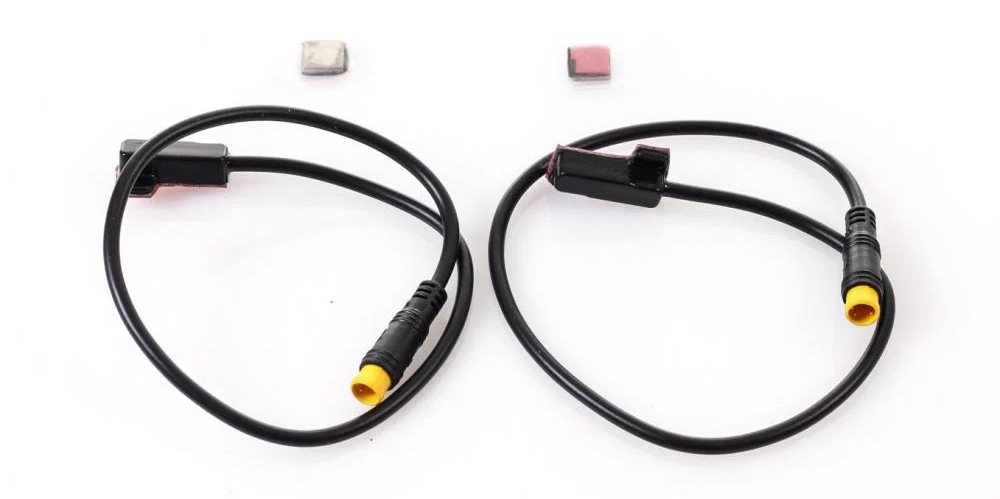
It was actually pretty straightforward on our Cannondale but this is the fourth fitting of a BBS01 I have done. I first needed to remove the original stoker’s chainset and front derailleur – as shown in the videos. Once this was done the Bafang motor and integrated bottom bracket slides in from the drive-side. The cable guide under the BB made it tight but I used a rubber mallet to drift the motor into place and the rear gear cable was still free to move.
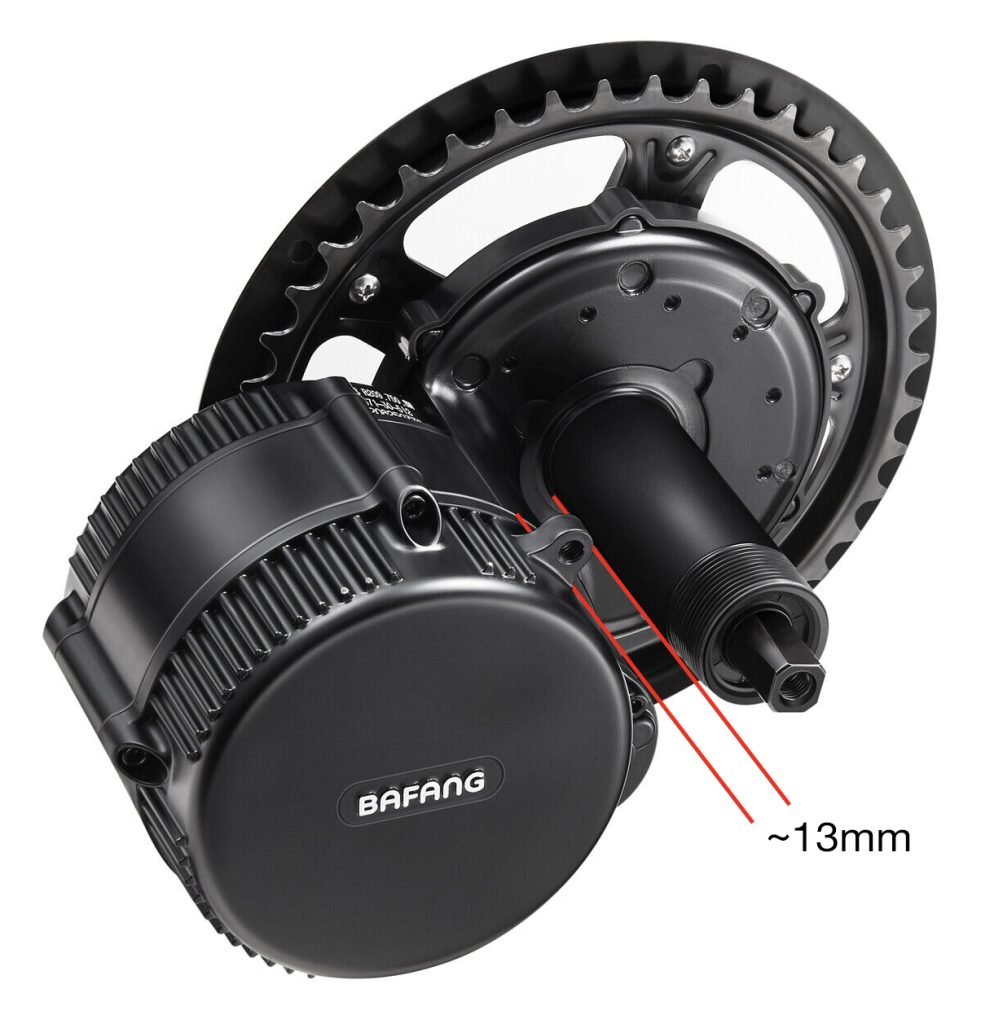
The original Cannondale BB was an ISIS drive and the Bafang is a square taper (diamond) as can be seen above and in the picture of the cranks below. The drive side uses the right hand crank that comes with the motor. On a solo the left hand crank would also be used, but on a tandem with left side timing chain, the stoker’s left crank may need replacing with a square taper crank and spider for the timing chain unless the original BB is also a square taper. I ordered a left hand tandem crank from Spa Cycles, square taper, black, 5 arm, similar to the unchanged pilot’s timing chain crank/spider, but the replacement spider was 110 bcd and the old spider was 104 bcd, so I also had to buy a 42T 5 hole 110 bcd chainring to fit the new crank/spider.

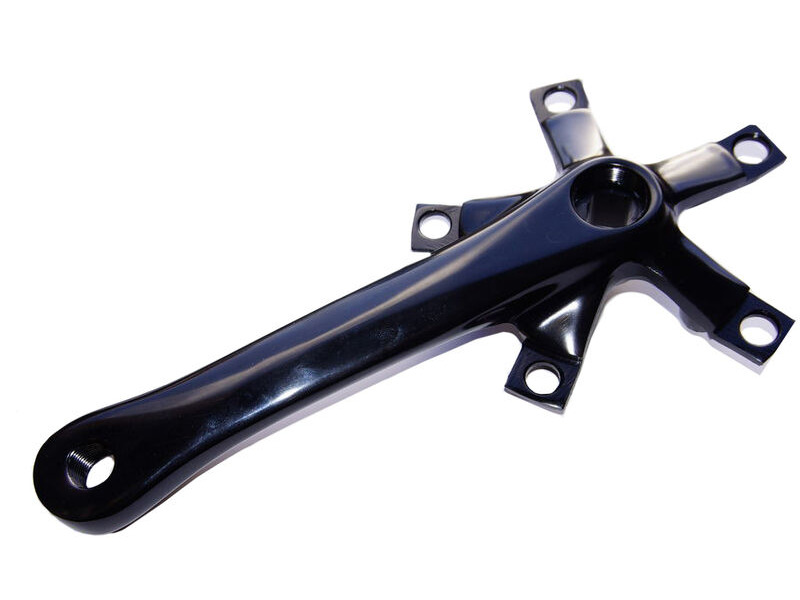
While I had the motor and a spare throttle, I didn’t have the wiring harness or display so those were ordered from Amazon. I like the DPC18 display – I have one on my MTB – as it carries more information and has a USB outlet. The Bafang BBS01 and 02 motors are very common, so there are lots of spares available on Amazon and eBay.
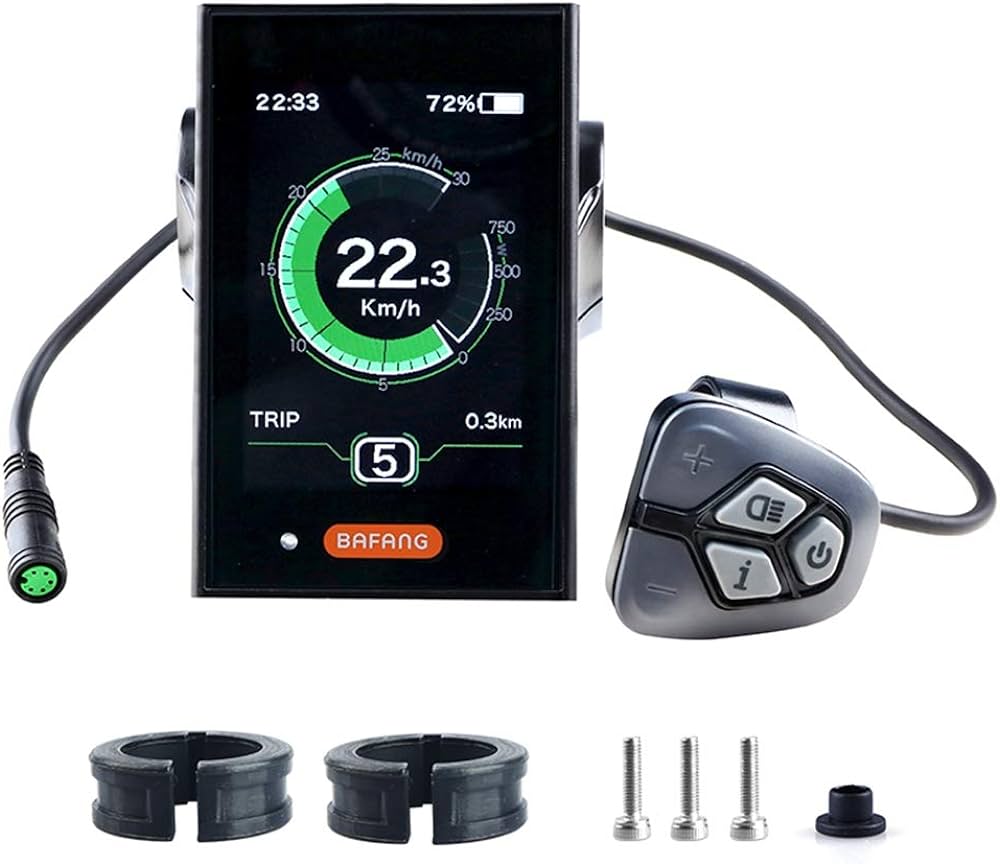
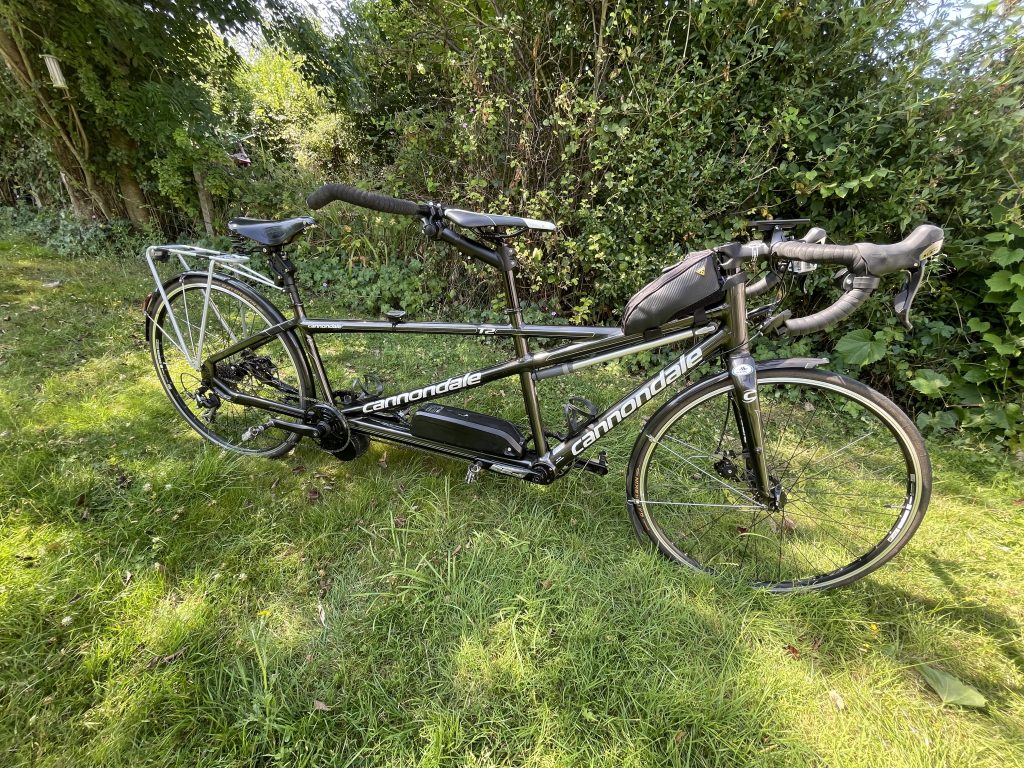
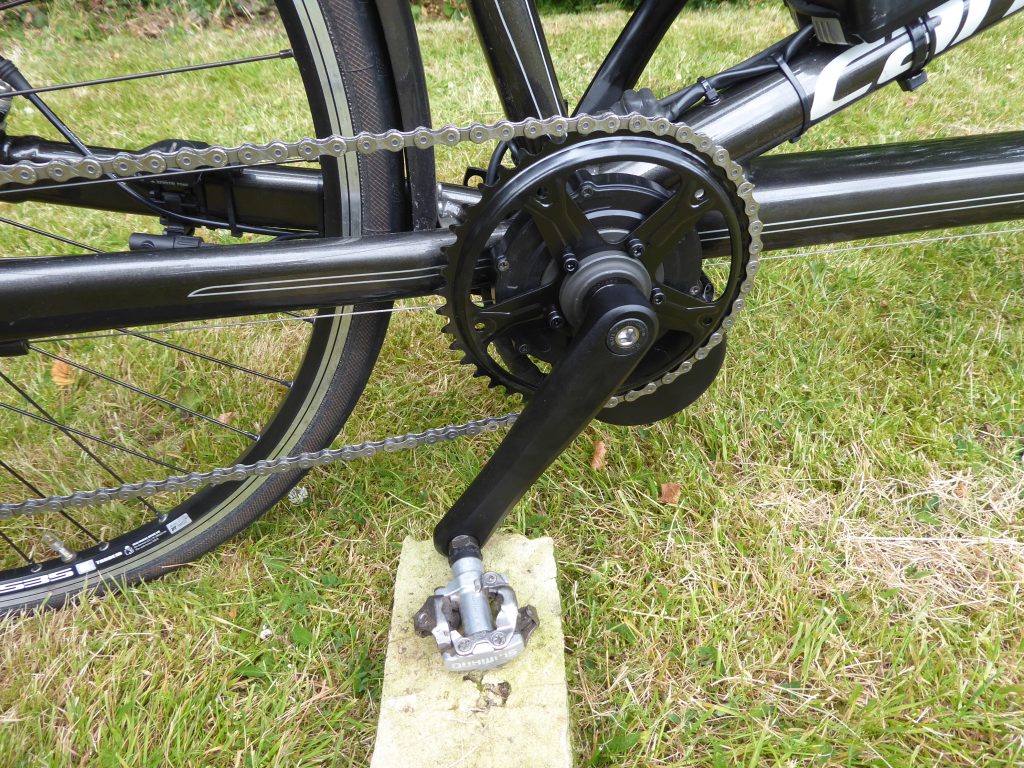
11-36. That enables us to keep the top end the same while extending the bottom end of the gear range. Having the motor means there’s less need for very low gearing.
Chain alignment isn’t really an issue when swapping out a triple chain-ring for a single Bafang one.
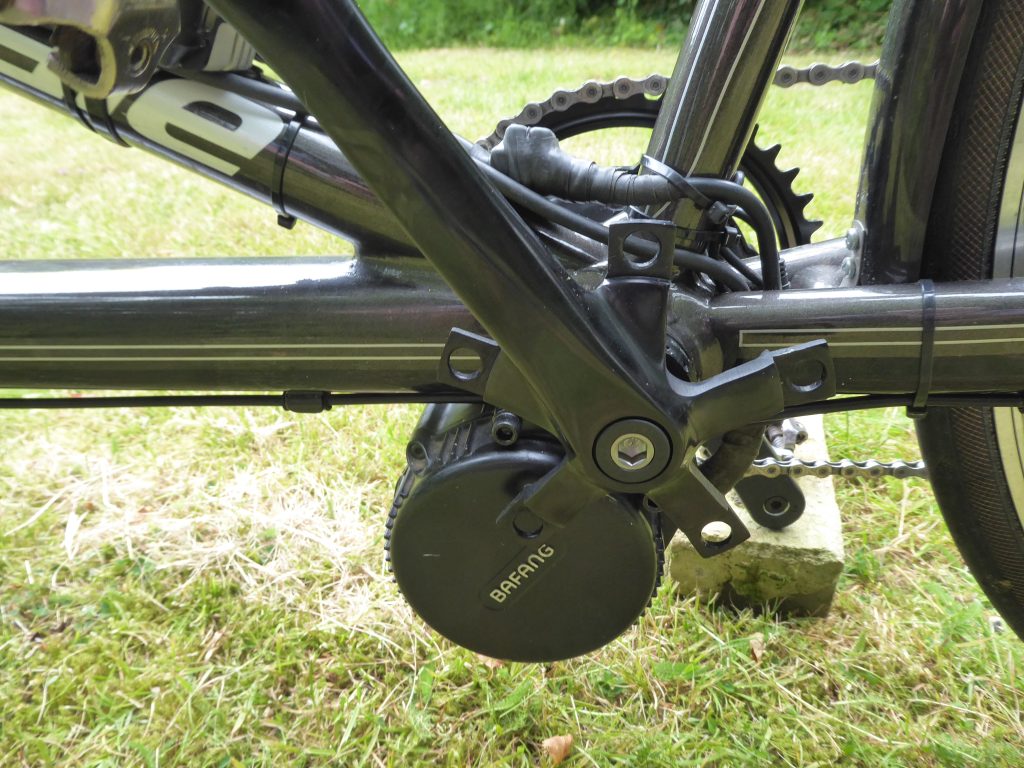
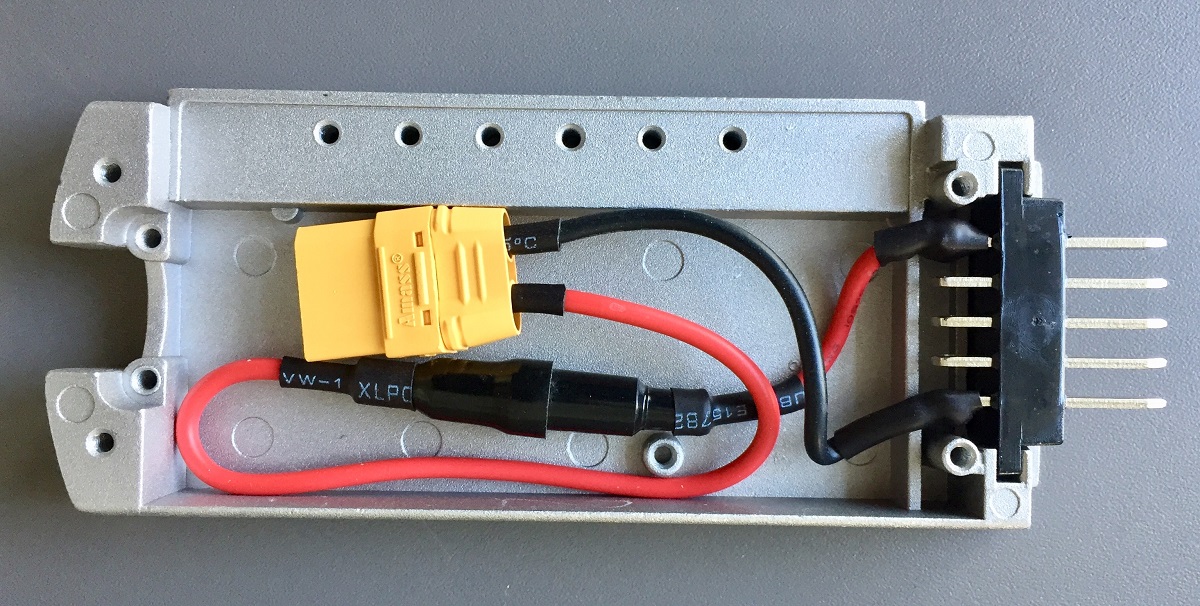
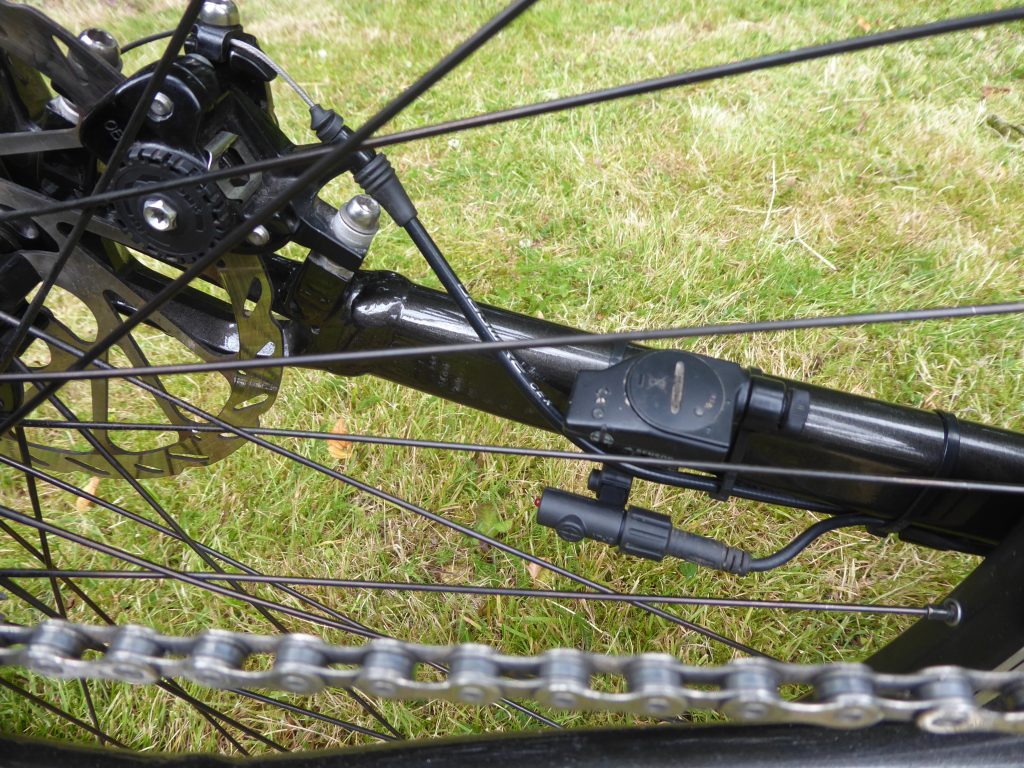
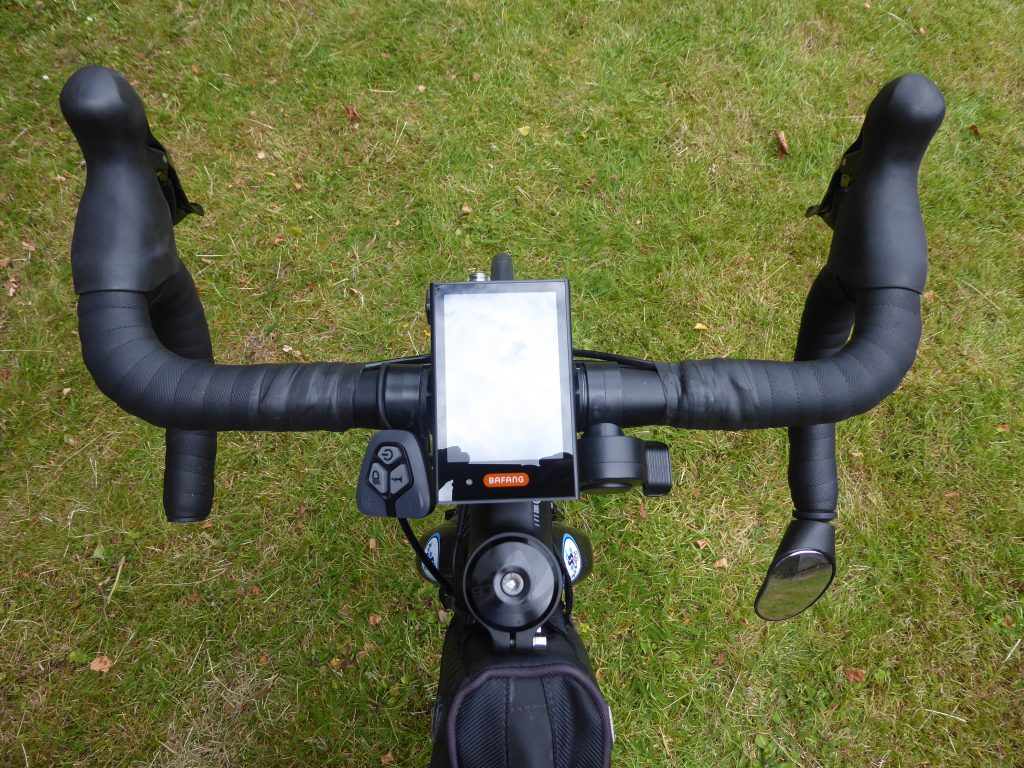
I decided not to try adding brake sensors. I had them on an MTB but removed them after a while and found I hadn’t needed them. Generally, when you brake, you stop pedalling, and if you stop pedalling, the motor stops powering, so the sensors to cut power are almost redundant anyway and the extra cables etc. are just clutter.
The cheap plastic accessory clamp I used to hold the control buttons and throttle, bought from Amazon. The ‘T’ section pulls out, leaving the clamp and tube, which I cut down to the length needed for the controls.
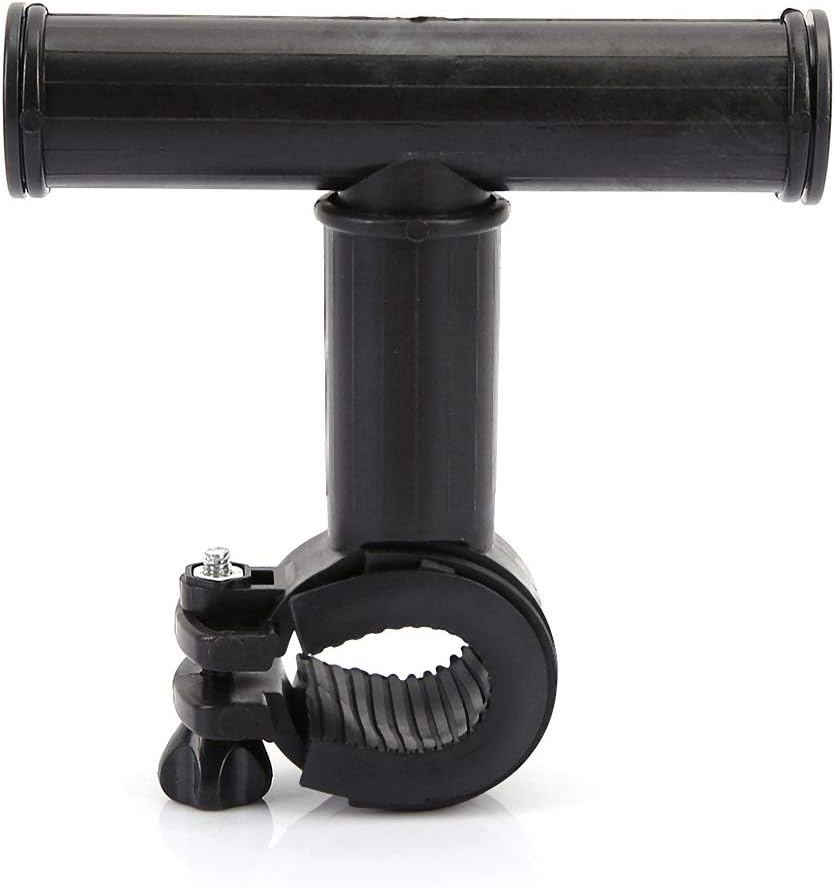
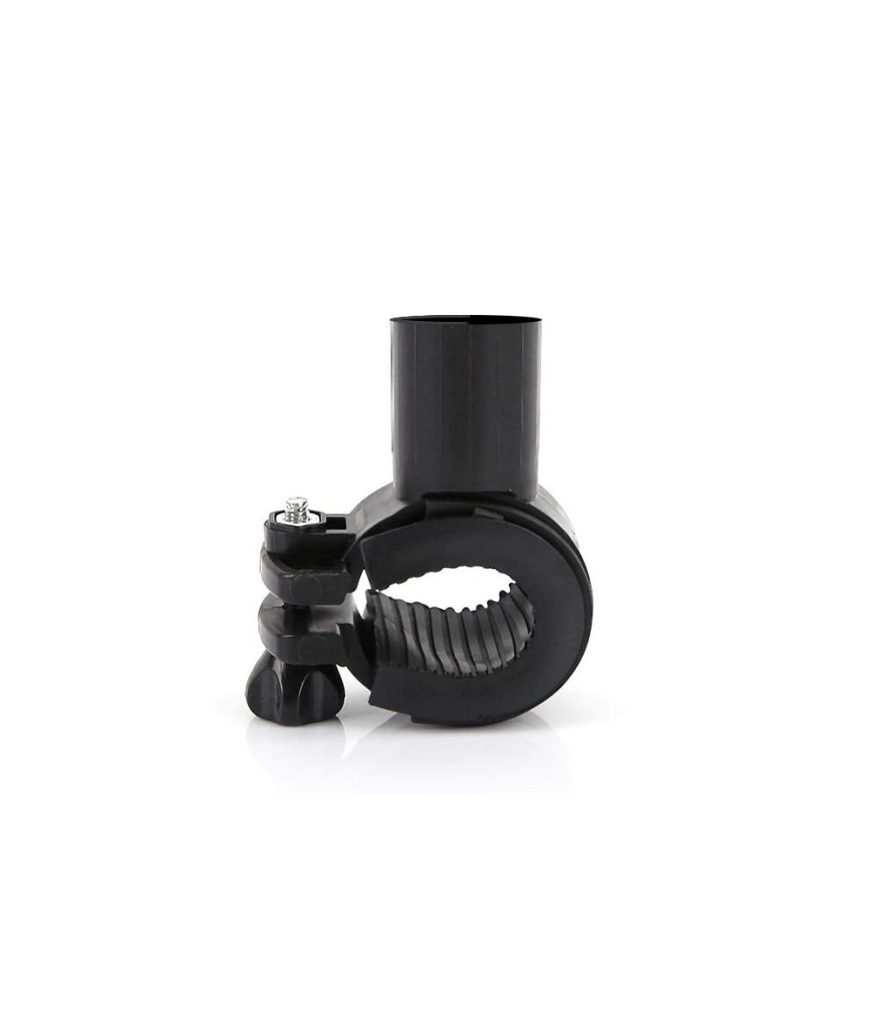
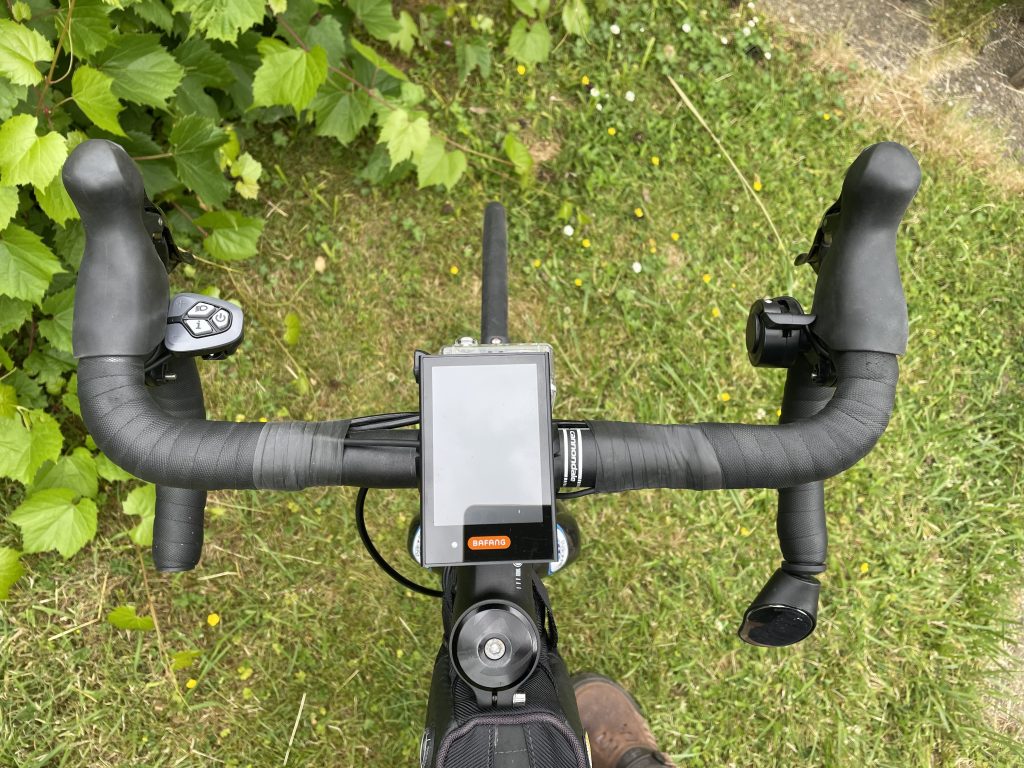
Our first ride was short and all felt ok, but I wasn’t completely happy with the controls and throttle next to the stem. A second, longer ride confirmed that it was a little shaky trying to use the throttle to pull away at a junction, so on returning, I moved them next to the hoods.
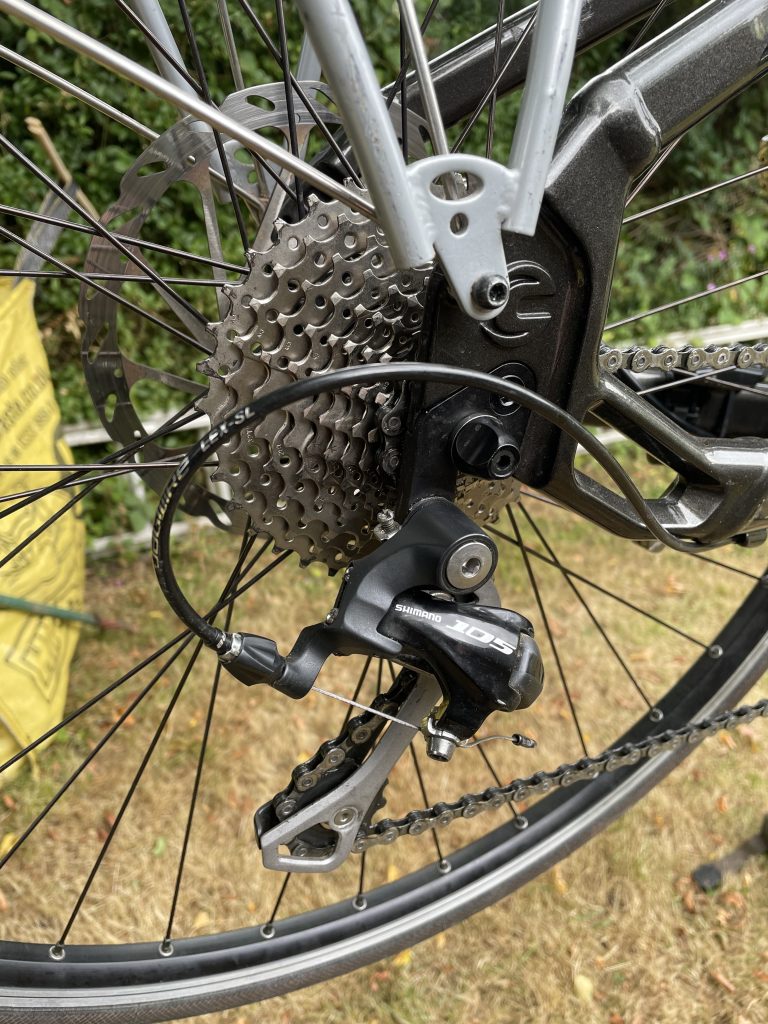
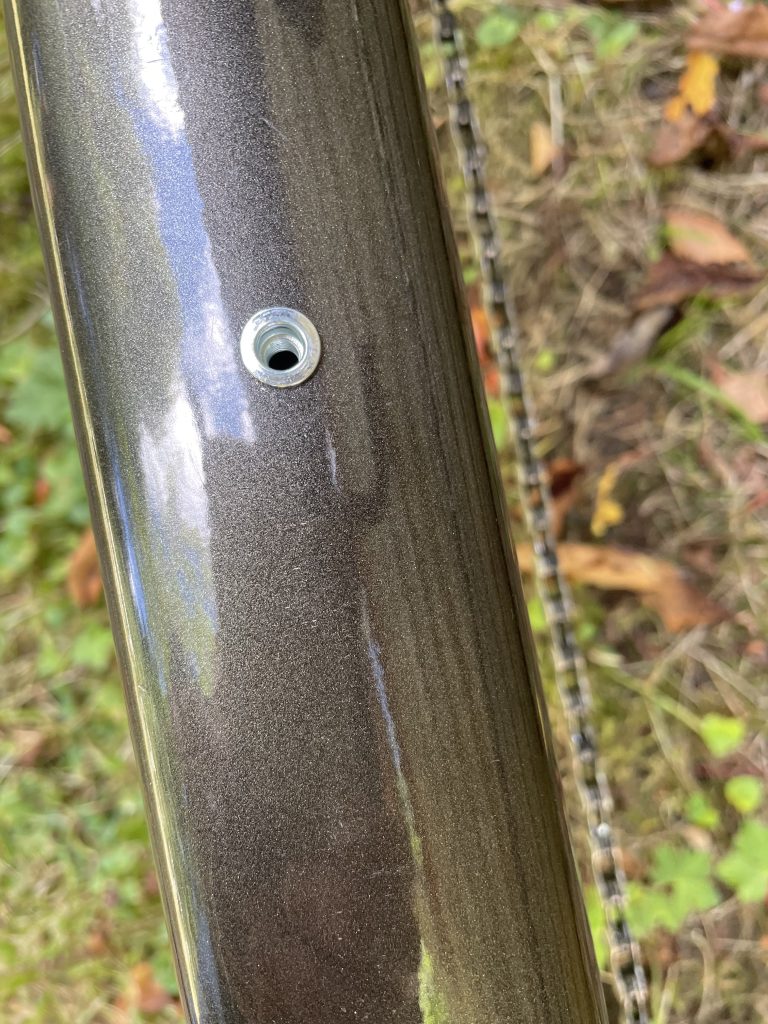
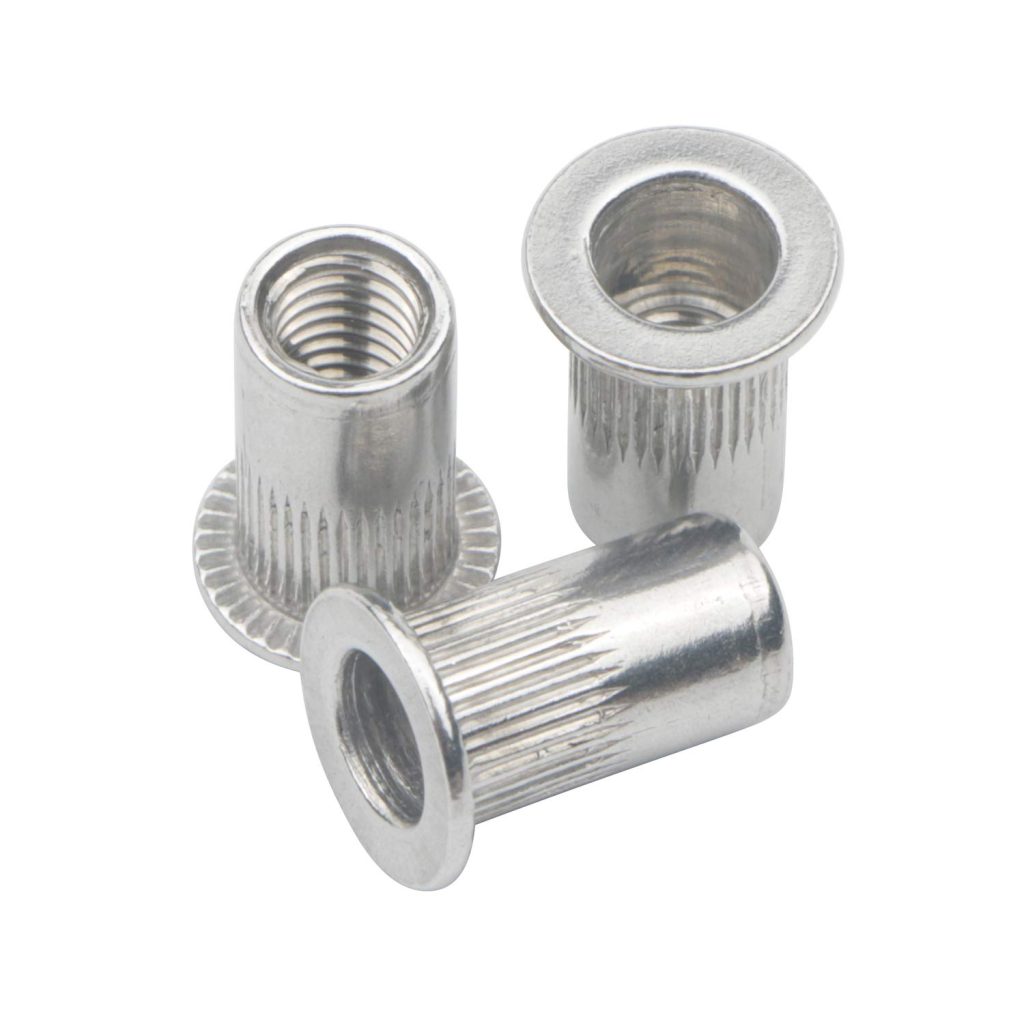
Here’s a video showing how to fit the rivnuts into place. The guy’s voice is a little annoying but the method is good.
While the zip-ties to hold the battery mount in place worked ok, I didn’t like the look of the ties wrapped around the frame, so I removed the mount and put three rivnuts into the frame.
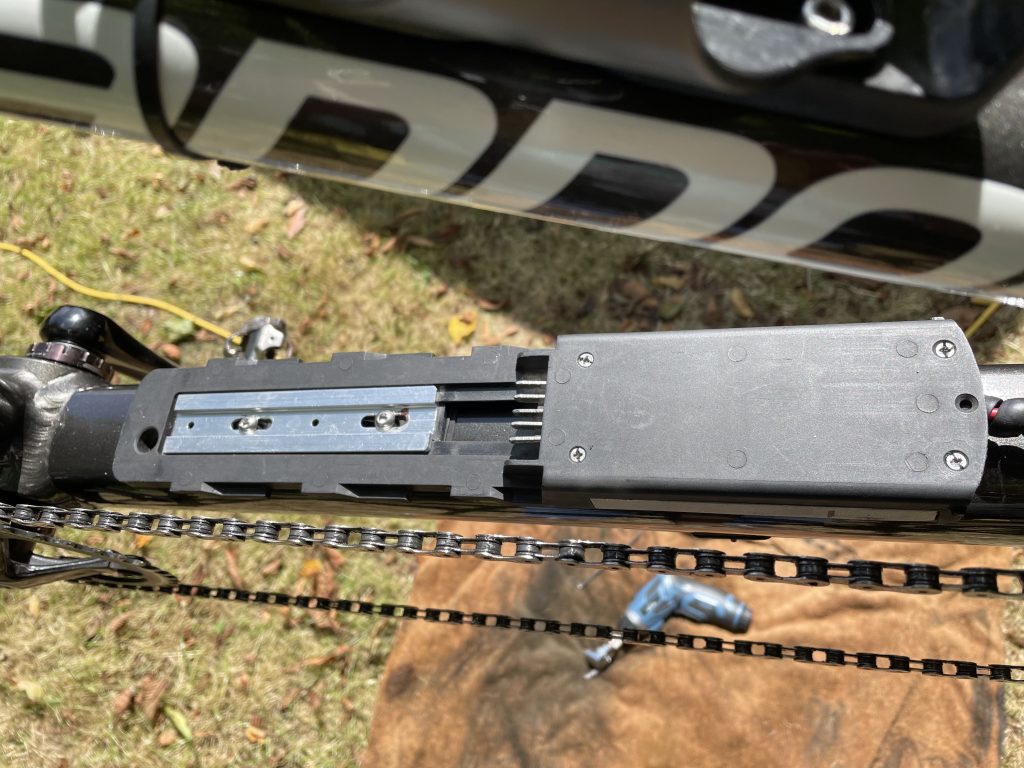
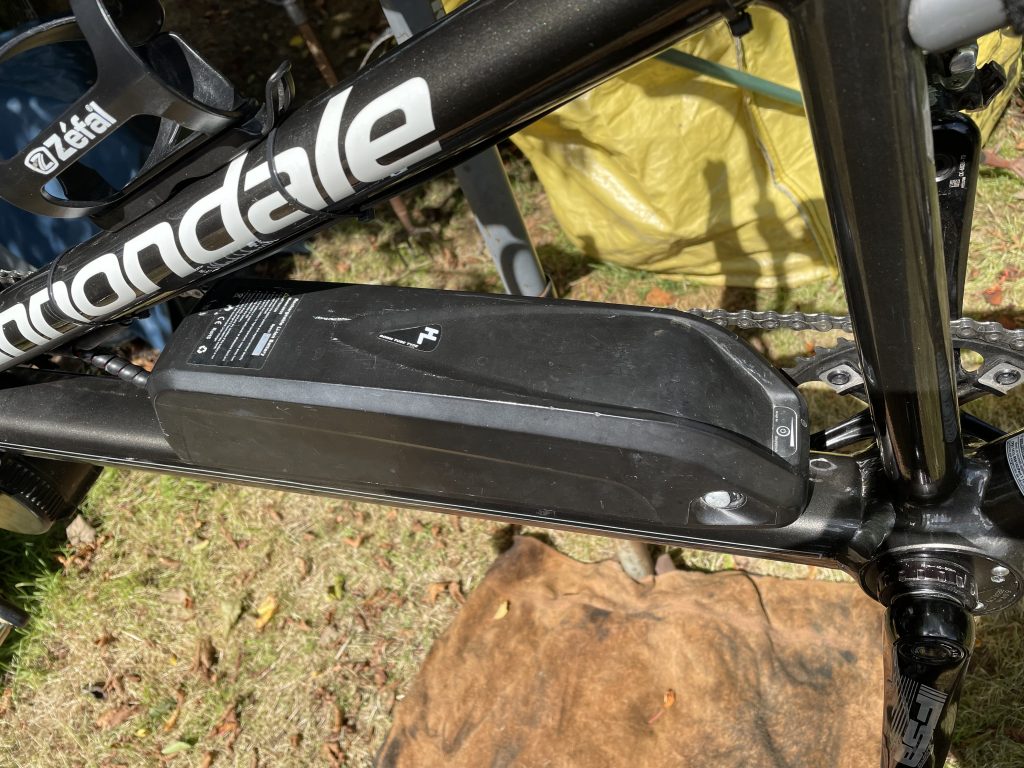
Mar 04
Pino Update
Below are the current (March 2024) rules for UK EAPCs (electrically assisted pedal cycles).
What counts as an EAPC (Government site)
- An EAPC must have pedals that can be used to propel it.
- It must show either:
The power output – Bafang motors come with visible labels stating the output.
The manufacturer of the motor – ‘Bafang’ is embossed into the motor casing.- It must also show either:
The battery’s maximum voltage – both batteries are labelled by the manufacturer.
The maximum speed of the bike – not marked anywhere.- Its electric motor:
Must have a maximum power output of 250 watts.
Should not be able to propel the bike when it’s travelling at more than 15.5mph.- EAPCs may have more than two wheels (eg. a tricycle).
This penultimate point troubled me a little. More recently, on social media, I have seen that the Police have targeted e-bikes to check the maximum speed. OK, their focus may have been on Deliveroo and Uber Eats riders but there’s still a slim chance of the bike being checked, especially if we were involved in an incident/accident. The last thing I want is to have the bike confiscated due to a (in my opinion) minor but illegal feature.
While it’s handy being able to apply the throttle and boost the speed a little (up to about 20mph in favourable conditions), it’s not essential, so I decided to see if I could reduce the top speed of the throttle to the legal 15.5mph limit.
A little searching on the web and I found a pretty good video showing all I needed to know…
I ordered the necessary cable from eBay.
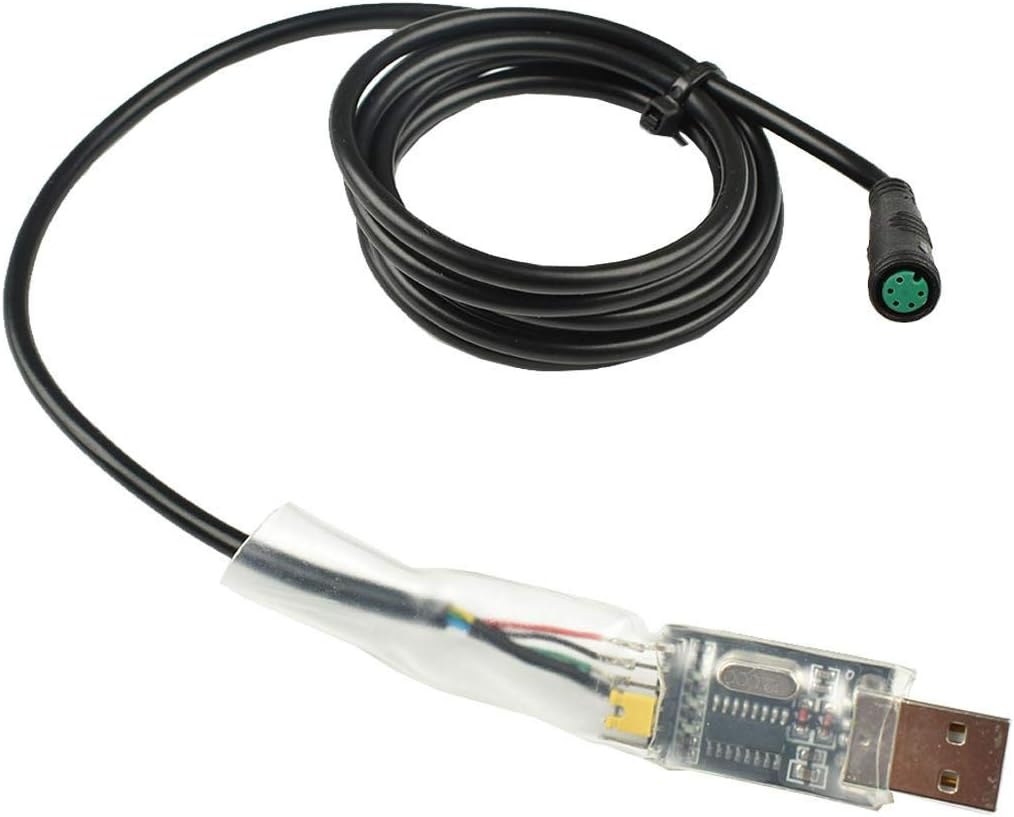
Online version of programming software for Macs (use Google Chrome browser).
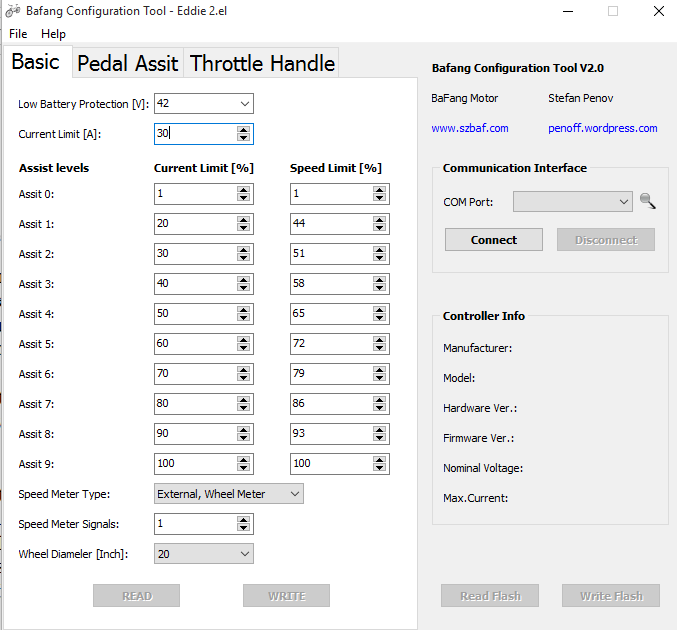
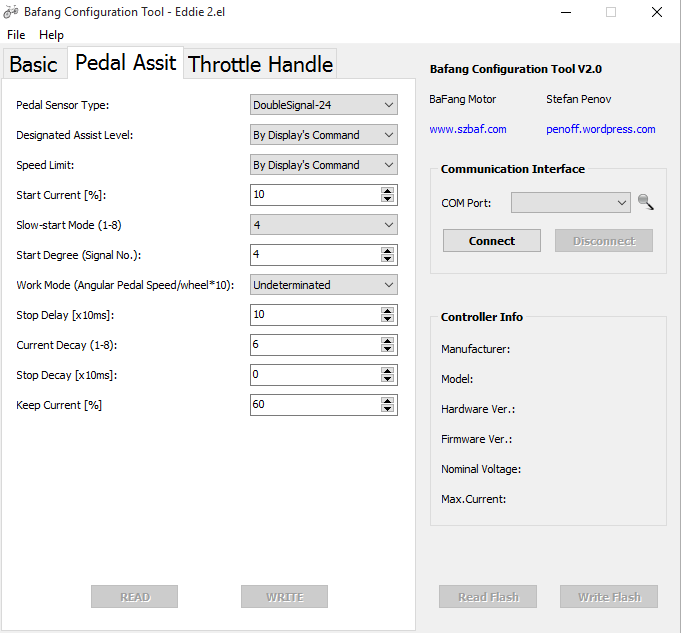
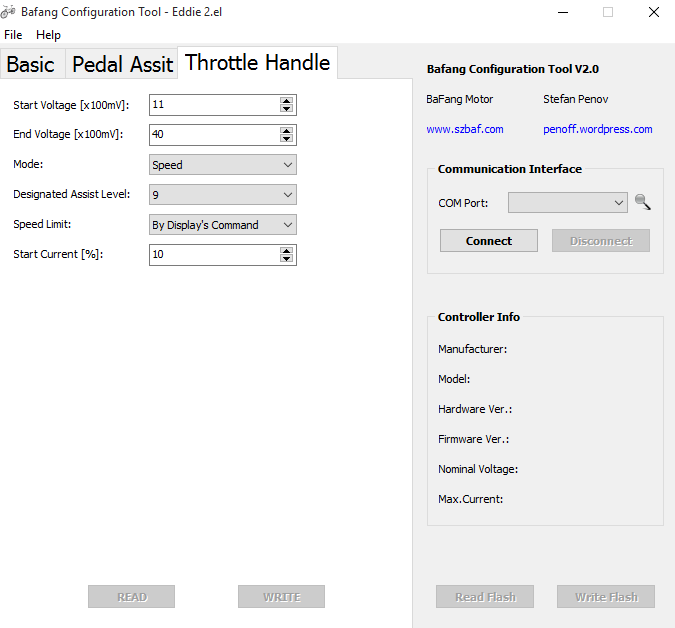
Download Windows version of programming software here.
Borrowing Karon’s MacBook Air, I loaded the URL for the software, put the battery into the bike and turned it on then connected the cable, as per the video. I ignored the upper sections of the settings as I was only interested in the throttle section and there I changed the maximum speed from 40kph to 25kph (15.5mph). The ‘write’ was instant. After disconnecting the programming cable then reconnecting the cables on the bike I lifted the back wheel, set the power level to 9 (maximum) and pressed the throttle. The rear wheel initially went above 15.5mph as it was rotating freely without any load, but crucially, the power cut once above that speed and then settled to around a constant 15mph. Job done 🙂
There’s Government talk of increasing the legal limit of power of motors and possibly the top speed, but now I have all the necessary bits and links, I can make changes should the rules be relaxed in any way.
Jan 06
Knee update
Following my escapade on the stairs and the resulting torn quadriceps tendon, I had the surgery to fix it on the 21st November. I was called in at around 11:00am and went down to the operating theatre at about 4:30pm. Following the op, they woke me in recovery at about 7:30pm and I was back up to the ward by around 8:30.
If you’re not squeamish, there’s a video of surgery for a quadriceps repair here. Be warned!
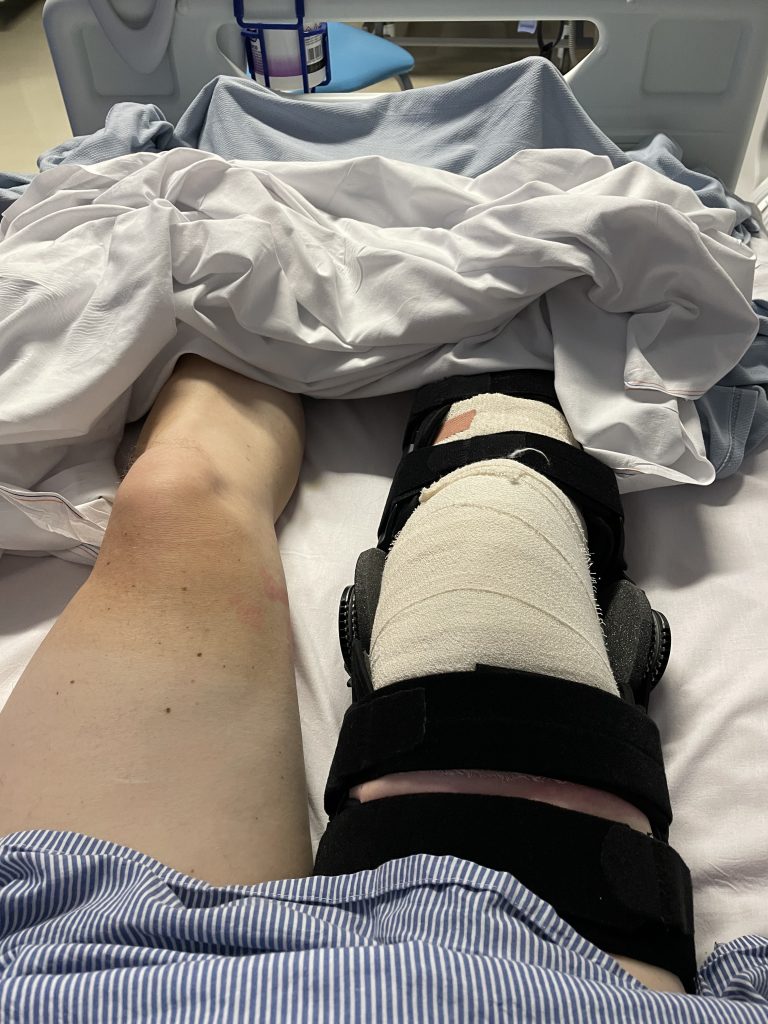
Throughout the night they woke me every hour (not that I slept much) to check my vitals. The painkillers helped so I wasn’t too uncomfortable considering. The surgeon popped in early the next morning and said everything had gone well – he said my legs were in good condition because of all the cycling and that had made his job a lot easier. I now had a more solid leg brace and had to have the leg locked so stayed in bed for much of the day. The consultant, on his rounds said I could go home later that day. Before that I had to show I was mobile enough to go home, so went to the physio section on the ward to practice walking with crutches and getting up/down stairs. I coped ok, so they said there was no problem with me going home. I texted Karon and we decided that Cas’s car would be better suited so she picked up Karon first then headed for the hospital. In the meantime, once I had all the meds I needed, which took a while to get together, they wheeled me down to the main entrance and out to the car.
The journey home was a bit painful, especially getting in and out but it went without any problems. The leg brace has to stay on for 2 months. It has locks both sides that must be engaged – initially at all times, but after a few weeks I could unlock the leg when sitting, to allow me to bend the knee a little and start to work the rejoined tendon.
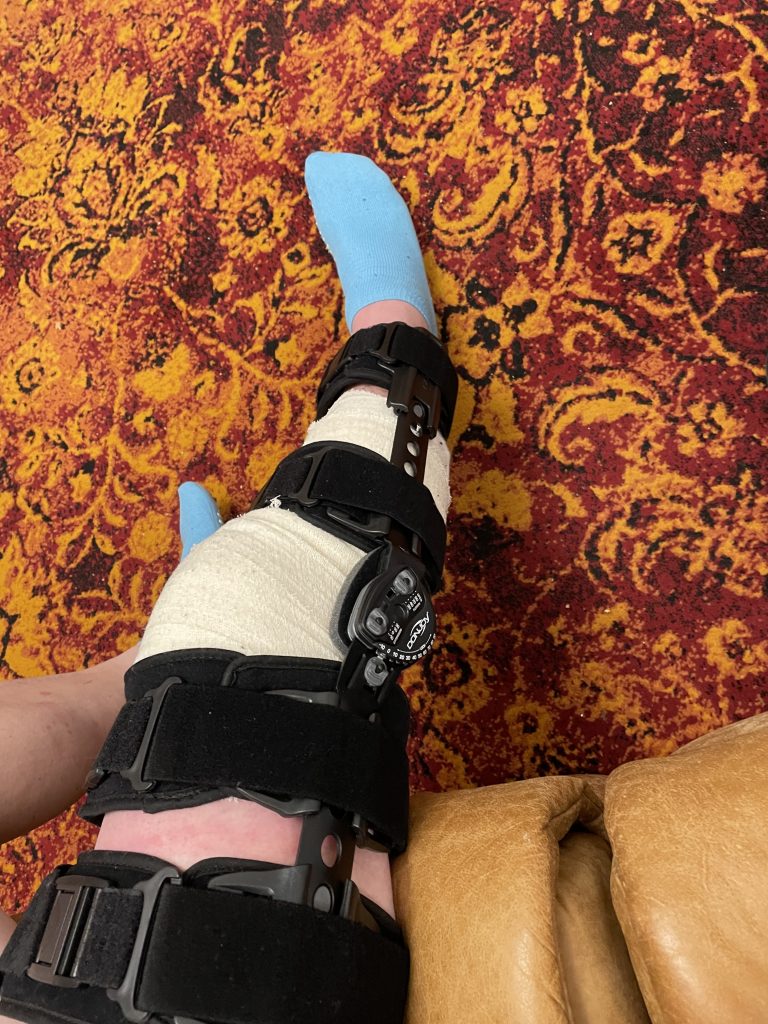
A return visit to the fracture clinic followed a couple of weeks after the op and a nurse removed the bandages and cleaned up the wound before applying a new dressing. A week later I removed the dressing. Another week passed and I went for my first physio appointment. Christmas came and went and early in January I went back to physio.
Around Christmas time I stopped wearing the brace at night, which made sleeping so much better. I am pretty sure it helped too, as my leg had time to recover from the constant pressure of the brace bindings. I saw an improvement in discomfort and mobility as a result.
Progress was good, the wound was healing nicely and I had almost 90° movement in the knee, though it felt very tight. I went for a few walks, initially with the leg still locked, but then I released the lock to the 30° limit. It allowed me to walk almost normally (as much as one can with a leg brace), bending my knee a little and removing the need to rotate my hips. The 30° lock ensured my leg would not fold completely if my knee did give out.
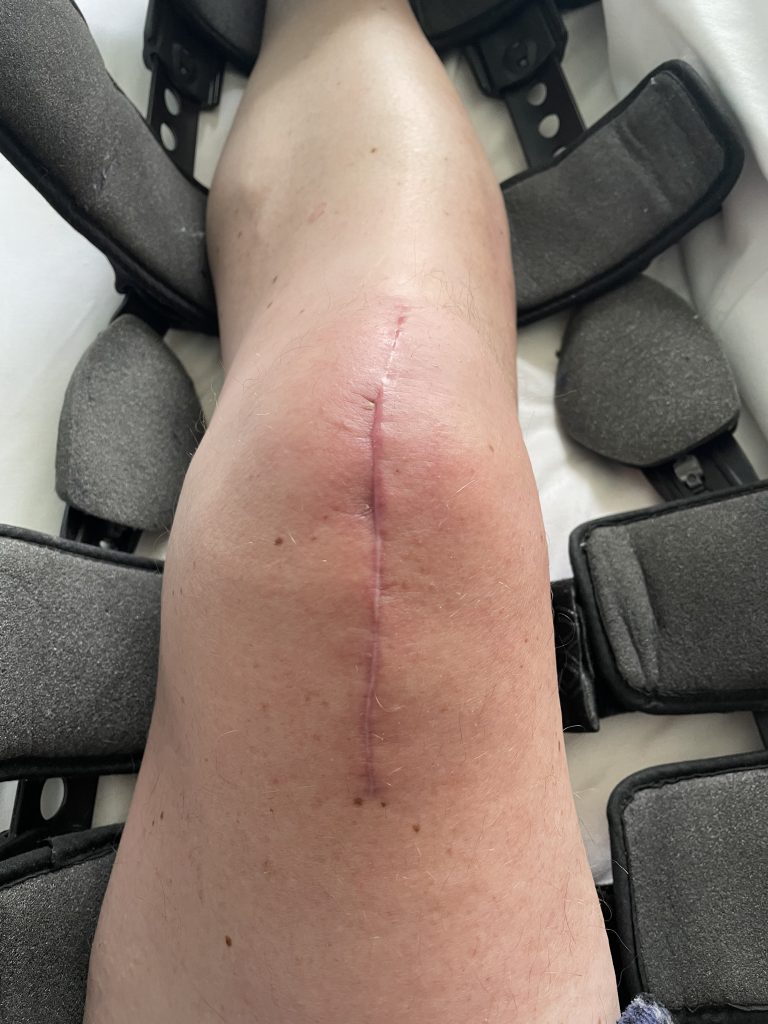
On 23rd of January, after 9 weeks of wearing the brace I was signed off by the surgeon and was told I could ditch the brace. The following day I had physio and tried a static bike – I could not quite get to the top of a pedal rotation, but I felt it wouldn’t be long before I could. Once home I set up my road bike on a supported roller and sat on. Top of the rotation was possible with the flat of my foot.
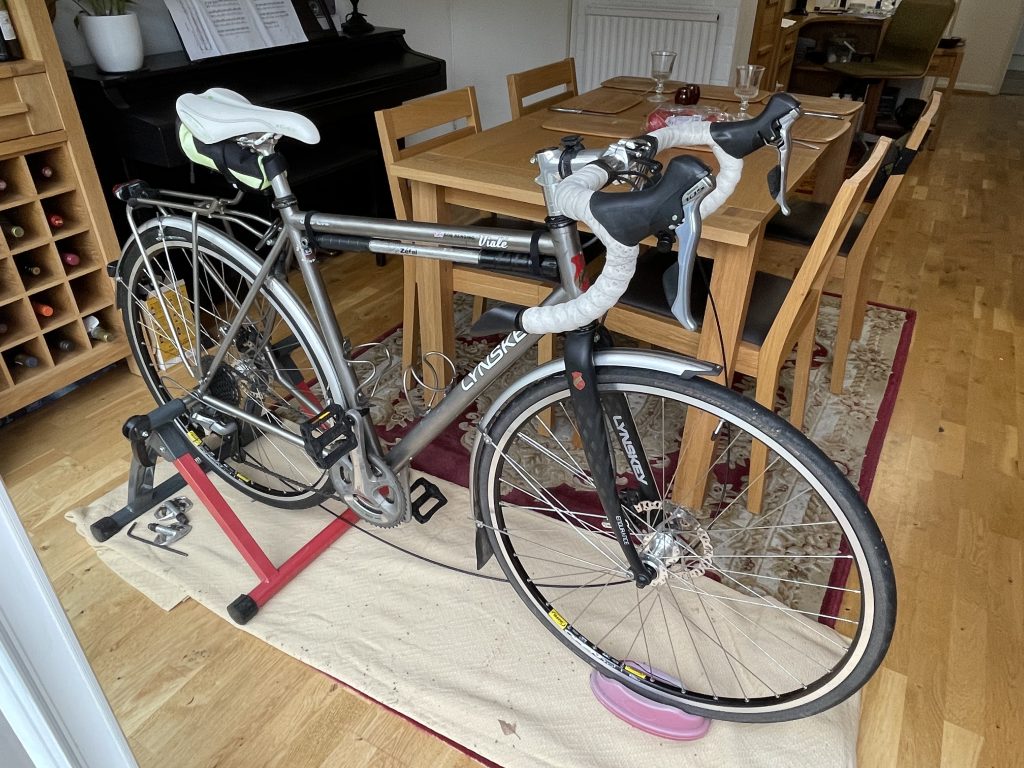
The next day it gave it a tentative first go…
Within a few days I was comfortably spending 15 minutes on the bike. Interestingly, my knee felt much better after a session on the bike – more supple and less uncomfortable.
Late in February Karon and I took the Pino out on a Tandem Club ride and lunch. I didn’t use the SPD clips, staying on the flat side of the double-sided flat/SPD pedals but had no issues. We had to work the motor a bit harder on the climbs to take pressure off my knee but by the end of the day we had cycled 30 miles with no ill effects.
A couple of days later, back in physio, my exercises were changed to help improve and strengthen the hamstring behind the knee. I have another physio late in March but think this may well be the last visit I need as the knee feels pretty much back to normal – apart from using the stairs where I still need a little support.
Nov 19
Won’t be riding for a while
Torn Quadriceps Tendon
Friday 10th September started like most days by taking Karon a cup of tea at 08:30. I put the tea on her bedside table without waking her, then went into the bathroom. The dog next-door barked… usually a sign the postman is outside. Looked out the window and sure enough, he was there walking away from the house. Assuming we had post, I ran downstairs. The stairwell was dark and I misjudged the last step onto the landing, thinking there was another step.
No. The result was I slammed my right foot onto the landing expecting it to travel another 6-8 inches. There was an audible (even without my hearing aids) ‘snap’ or crack and the pain just above my right knee hit. I have never experienced pain like it. I was shouting out and writhing around half-way down the stairs. It seemed to go on for minutes. The noise woke Karon. I must have passed out briefly as I was unaware of her passing me. After things settled a little, I dragged myself back upstairs and onto the bed. Passing the mirror I was as white as a sheet and dripping with sweat.
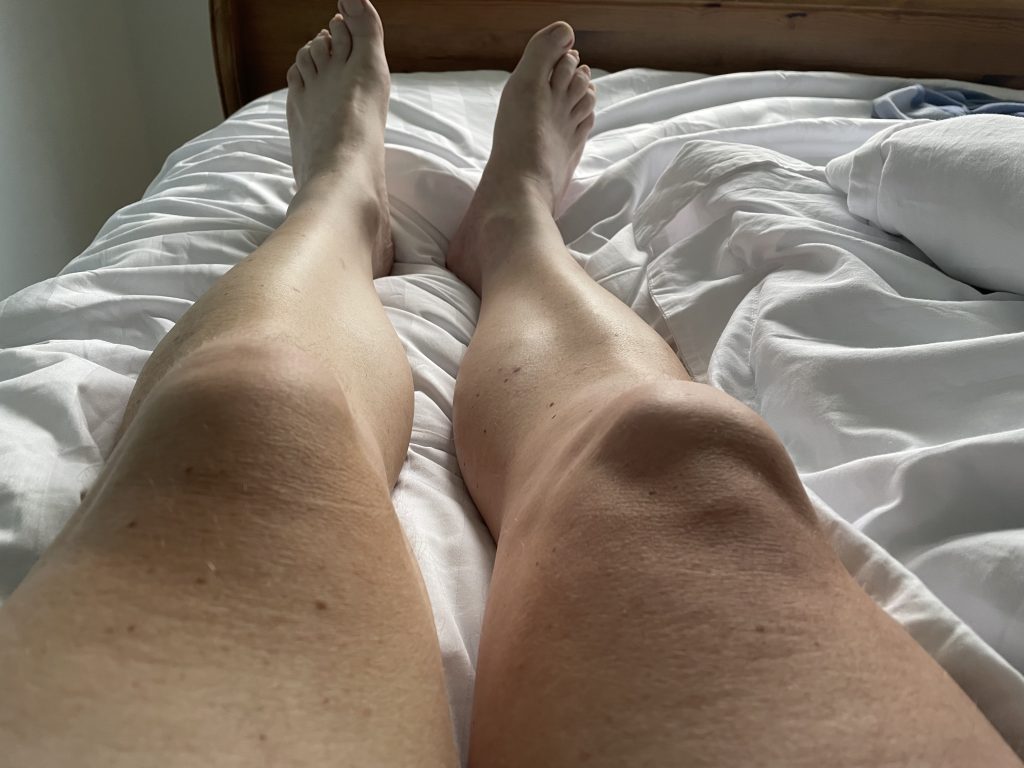
Once prone the pain eased somewhat though it was still enough to make for the odd gasp and I was still shaking. I knew there was damage to the knee and I knew I wouldn’t get into a car, so I called an ambulance. Being non-life threatening, it took a while – about two and half hours – before a team from Reading turned up. Luckily the male member was a strapping lad who, after all the usual checks and some pain killers, propped me (virtually carried) down the stairs and then out into the ambulance.
In A&E Basingstoke I was handed over pretty quickly and about a half hour later passed into the ACU area. A couple of hours later the x-ray showed no broken bones but they couldn’t ascertain the damage to the knee tendons, partly because I couldn’t bend it enough for a thorough assessment. It being a Friday and now mid-afternoon, it was too late for a non-urgent trip to the fracture clinic, so the nurse said I could go home and the fracture clinic would get in touch early the following week.
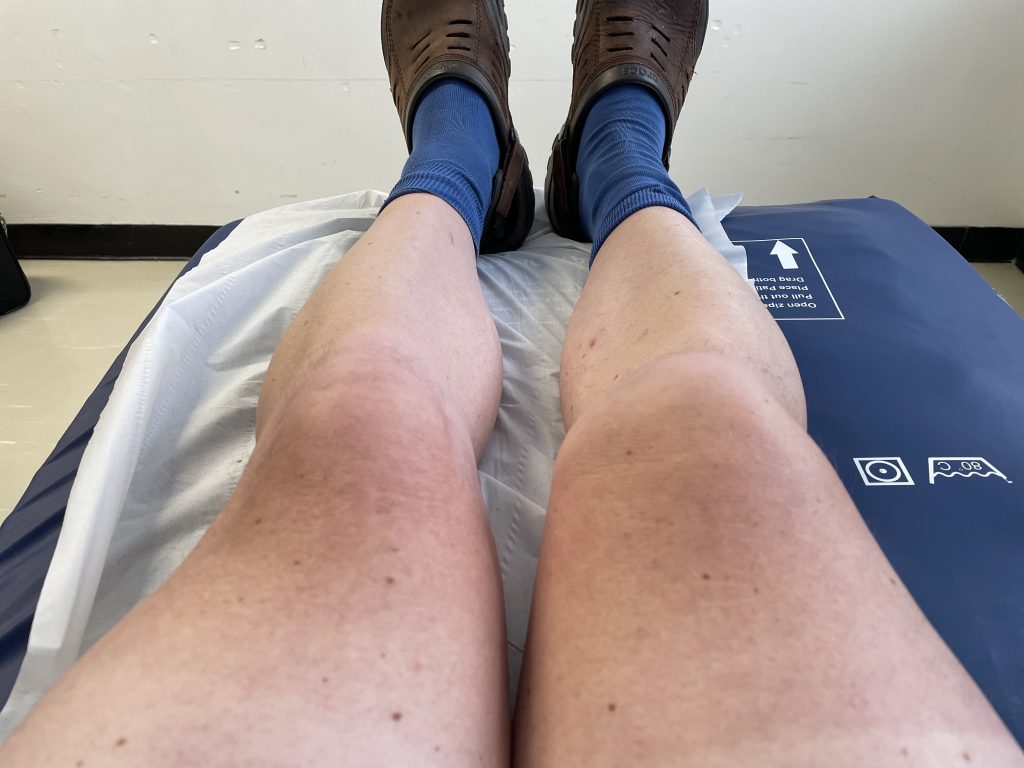
Eventually I was fitted with a leg brace then wheeled out to the main entrance for Karon and Cas to pick me up. Cas’s car is more accessible than Karon’s little MX-5!
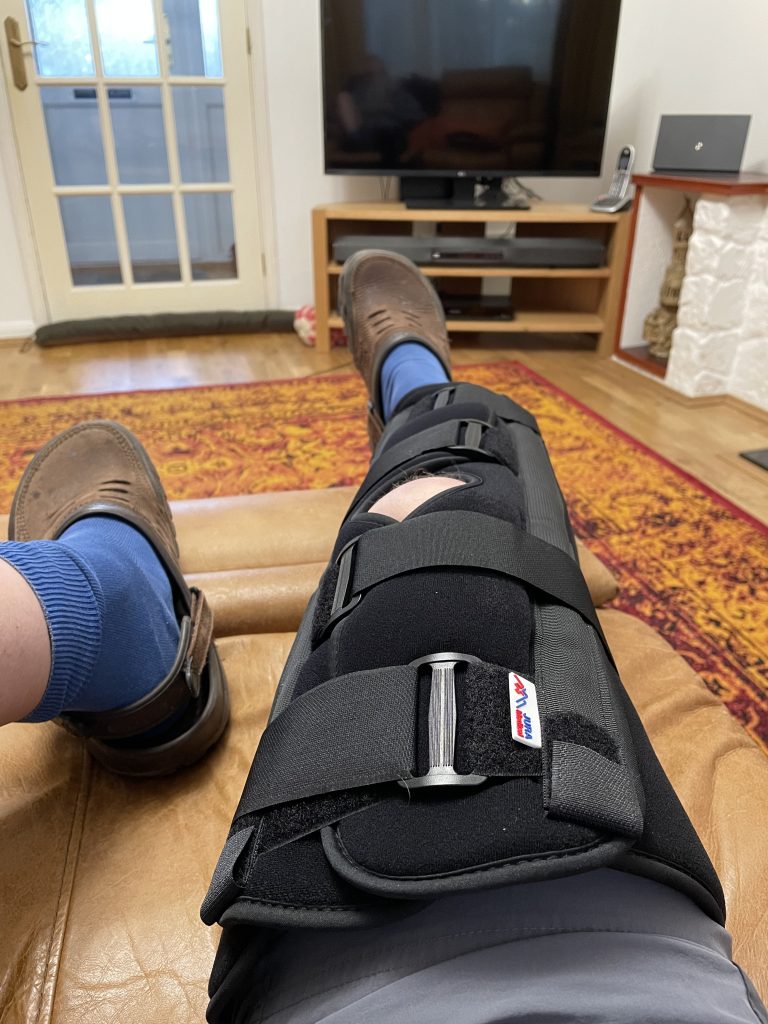
True to their word, I was contacted and told to turn up at the fracture clinic Thursday. This meant another long wait – about two and a half hours past my appointment time – but eventually I was seen and quickly assessed by one of the Registrars who confirmed what I had initially thought. A torn or partly torn quadricep tendon. Surgery is needed, so swabs for MRSA were handed over and the trauma team will be in touch for the knee to be repaired, hopefully sometime this coming week.
Then I can take my first trip along the long road to recovery.
Nov 19
Frogs

More frogs.
I liked the blue poison dart frog in the centre, so decided to add a few more in various colours.
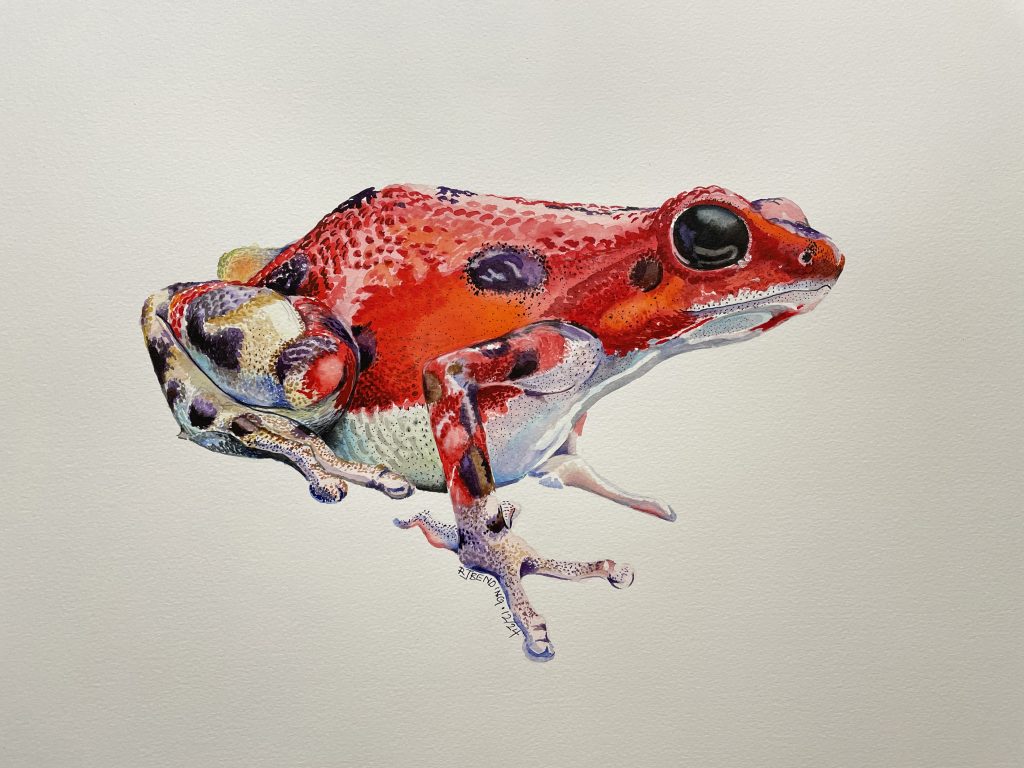
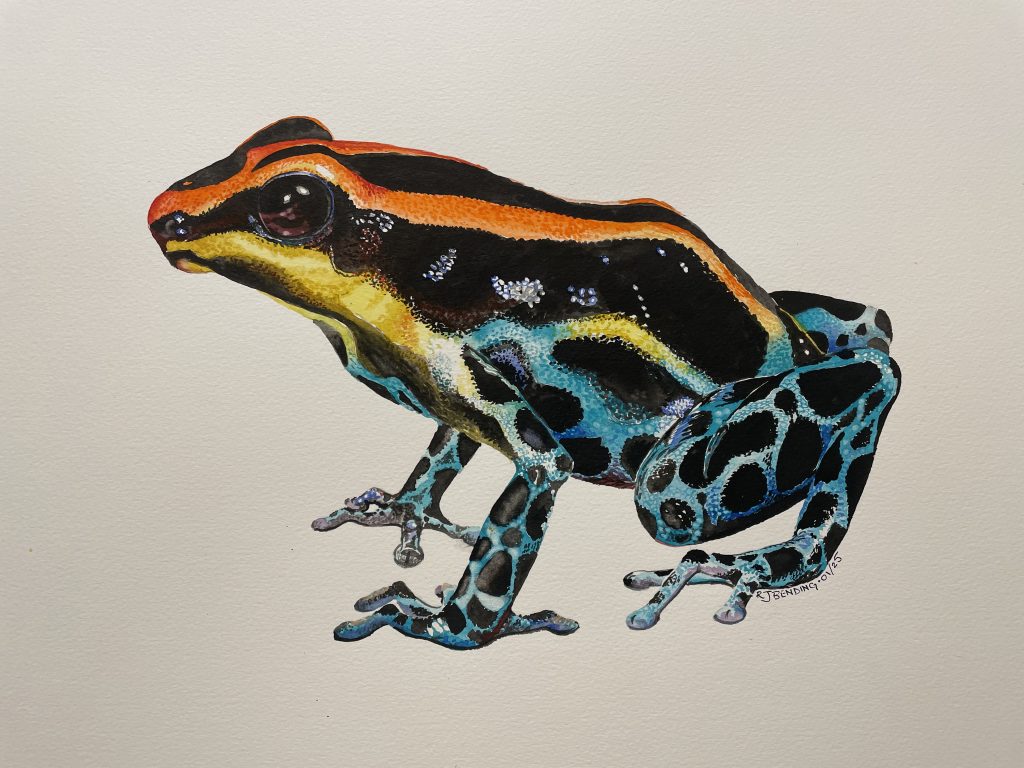
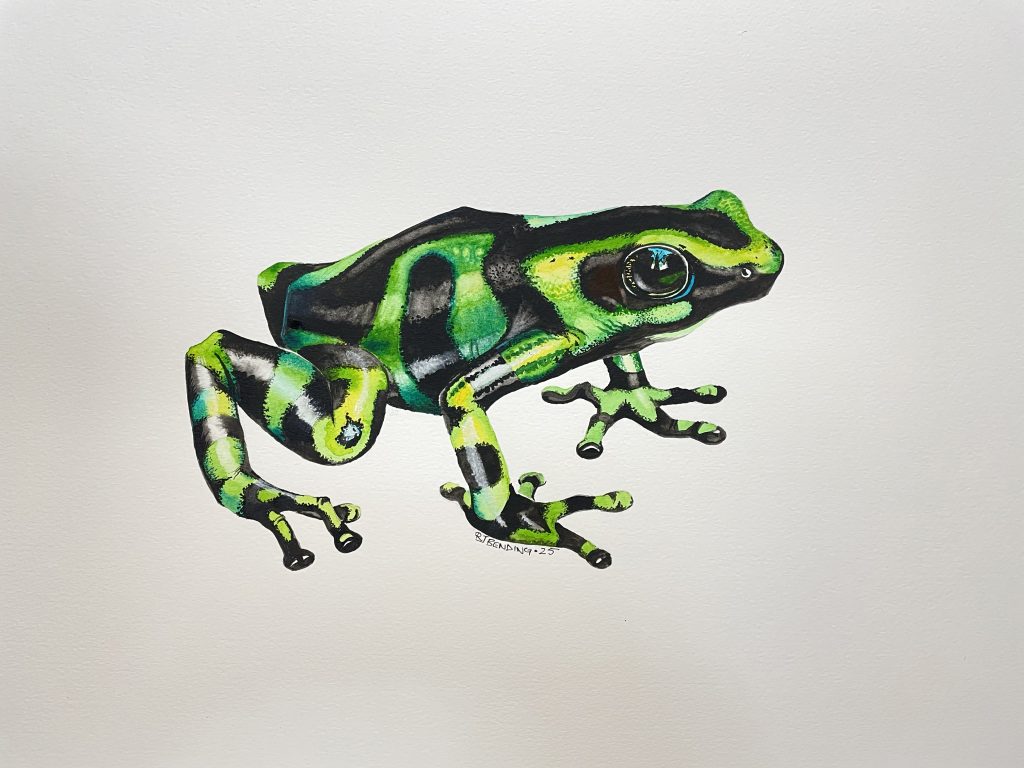
Nov 19
Tandemtreffen 2023
Meeting up with our (mostly) German tandem friends and spending a festive weekend riding out from Bad Salzuflen into the surrounding countryside and to the nearby towns of Herford, Bielefeld, Detmold and Bad Oeyenhausen.
Tandemtreffen attendance is usually by way of invitation, as previous participants, or through introduction by regular participants. The meetings take place over the weekend of the Ascension (and ‘Father’s Day, or Vatertag’) in Germany which falls in May. I dare say some folk go to church on Ascension Day but most seem to celebrate Vatertag by loading up a small trolly with beer and a music system and wandering off into the countryside to dance to the tunes and empty the trolly – which can then be employed to transport the most inebriated back home.
The Tandemtreffen organisers (volunteers from within the group) start planning early and once a location for ‘base’ is decided will arrange with a hotel to host the group. The majority will take a room and half-board while one of two may use camper vans and join the group at breakfast in the hotel. Routes are divided into short, medium and long to cater for the varying abilities of the tandem teams but the rides usually meet up at lunchtime or at a coffee-stop during the day.
After the day’s ride, in the evening the group will meet in the bar or usually, an area set aside, to socialise ahead of dinner. After dinner we transfer to a meeting room or community area where the following day’s rides are discussed and then one or two presentations from individual teams about a previous tour they may have undertaken.
The rides always take in local places of interest and by the end of the weekend you’ll come away with a very good impression of what the area has to offer. On the final day – Sunday – those that have further to travel may set off for home but there’s usually a ride organised to a local attraction for those who want to tag along.
These weekend aren’t cheap by any means, as we travel from home in the UK. Ferry fares and intermediate overnight stays plus the cost of the weekend stay at the hotel and bar bills etc. all add up, but the enjoyment factor is huge and its great to meet up with teams that we have got to know over the years.
Sep 21
September 2023 catchup
We left 2022 with me writing off my car. It took a few months to sort out the insurance to the point where I could replace it with one similar but by March I was back on the road.
Riding in the early months is a lot less frequent but we still managed the odd ride out on the Pino and when Karon’s car needed a service, I dropped it off in Newbury and used my Brompton to get back home.
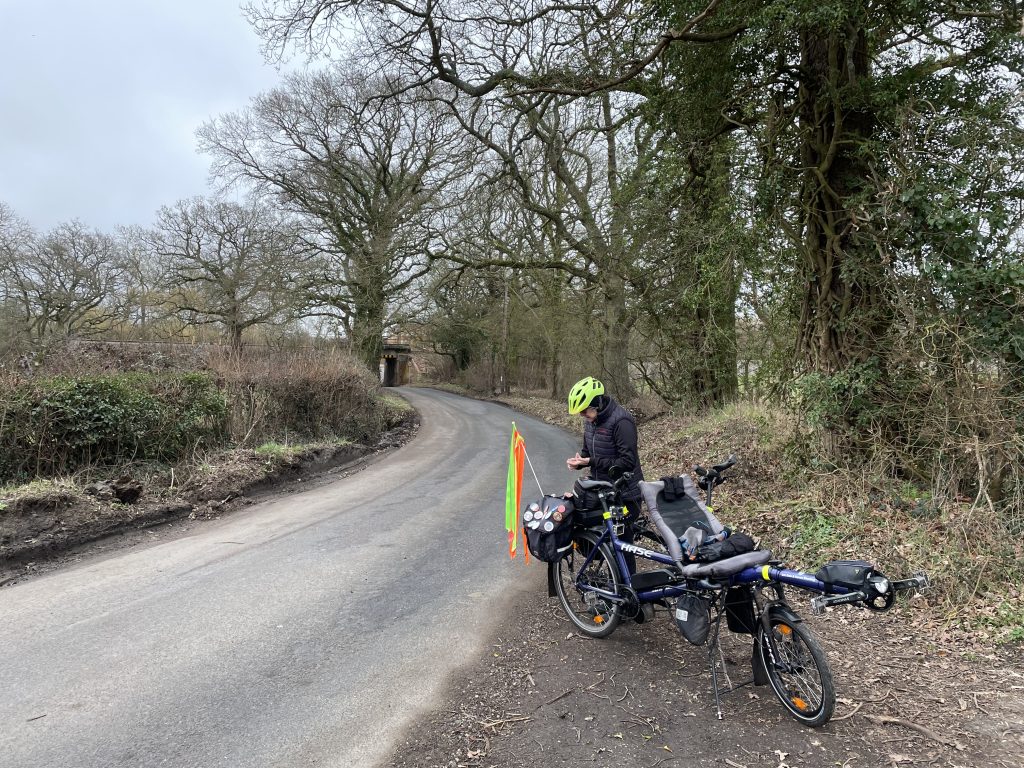
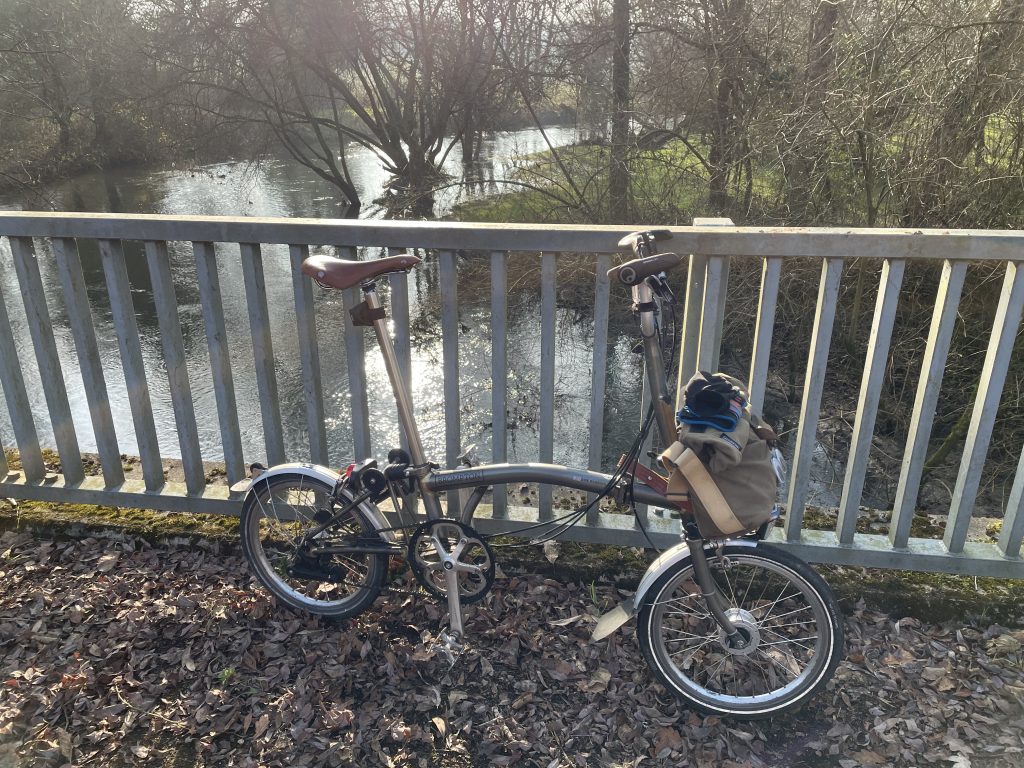
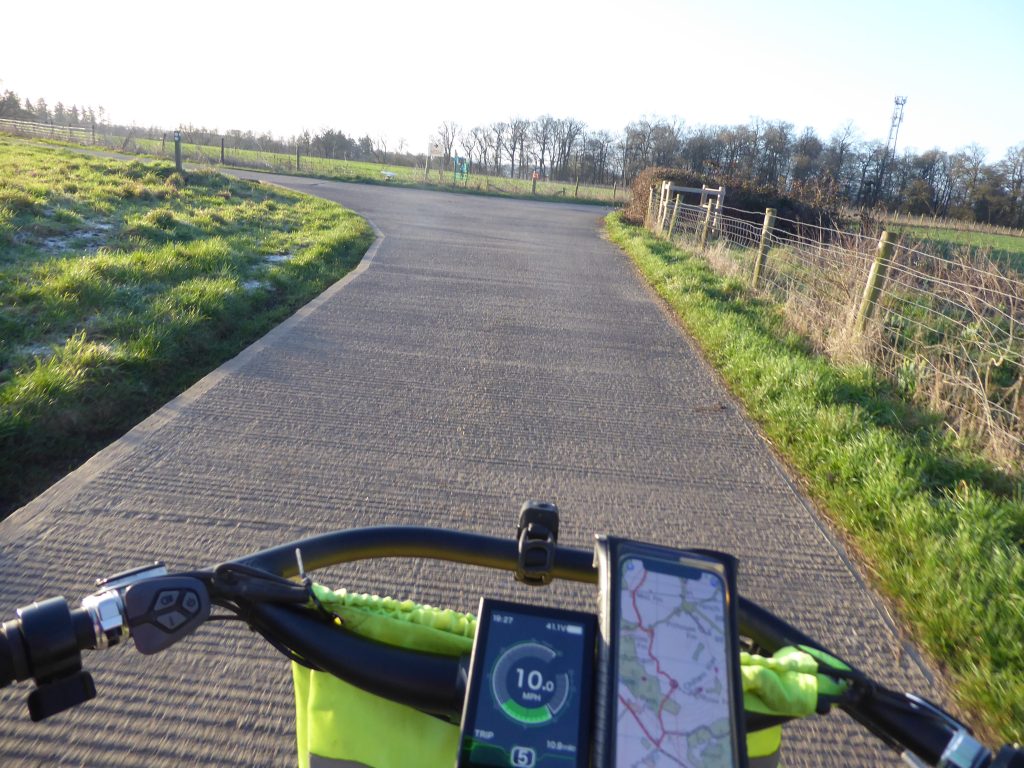
Early in March we went to spend a few days in Tenby, taking the Pino so, weather permitting, we could ride.
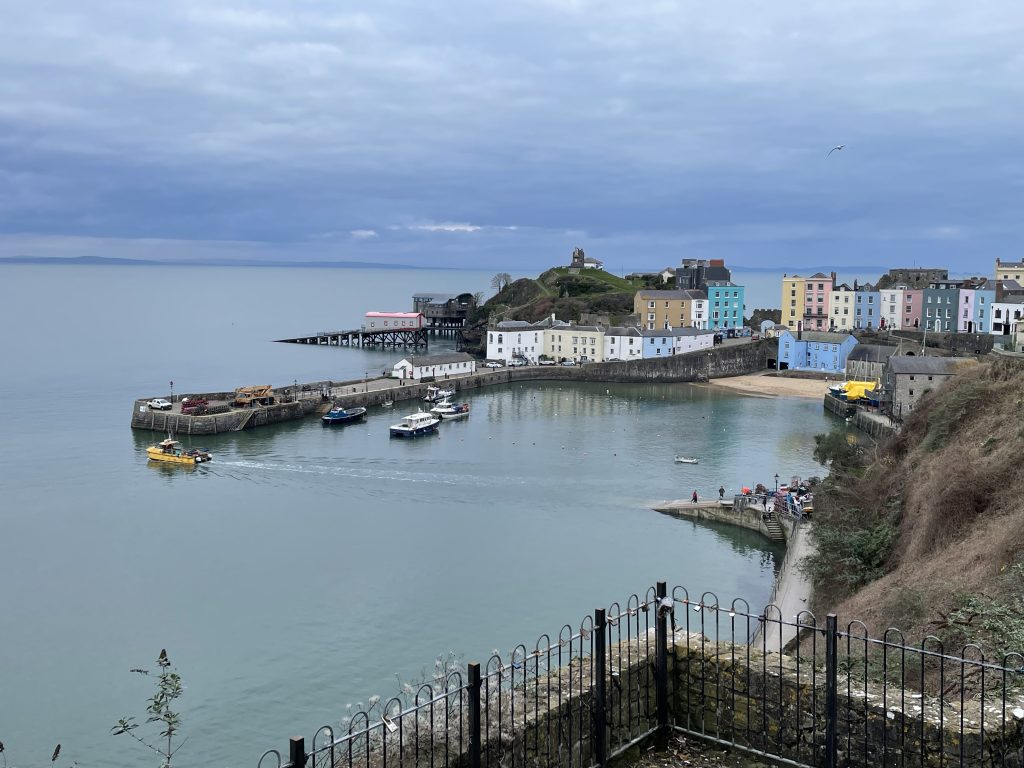
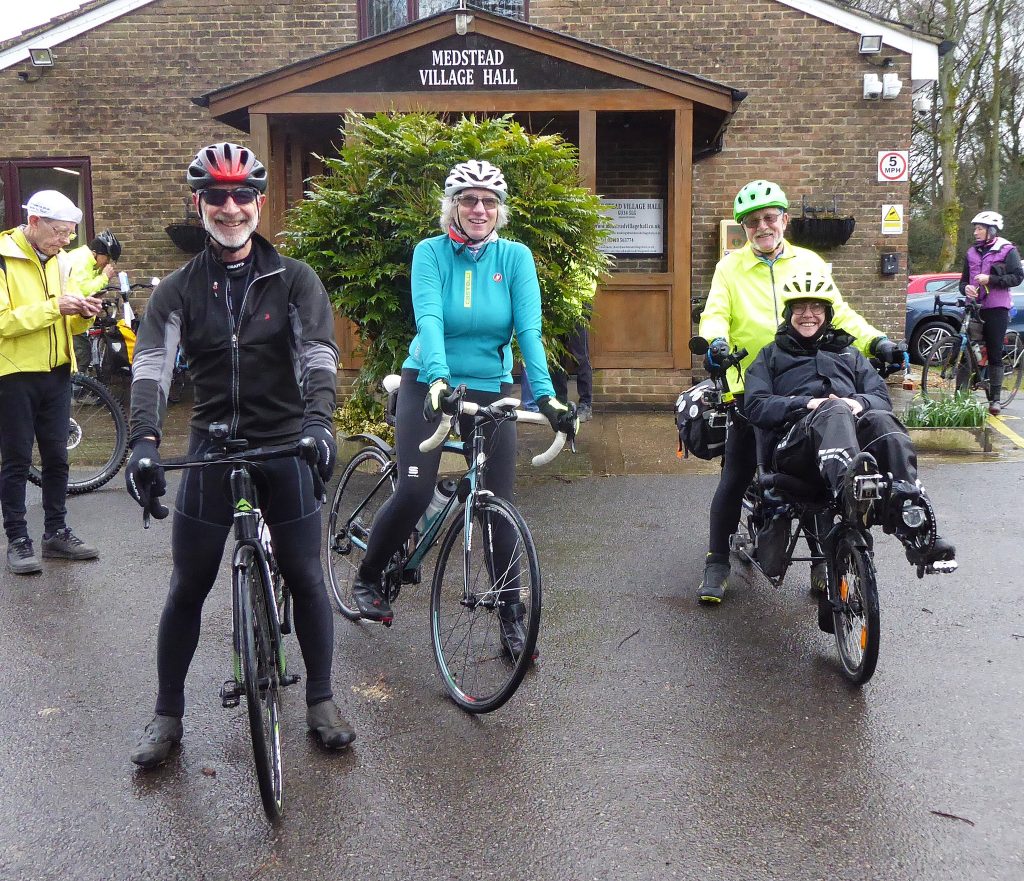
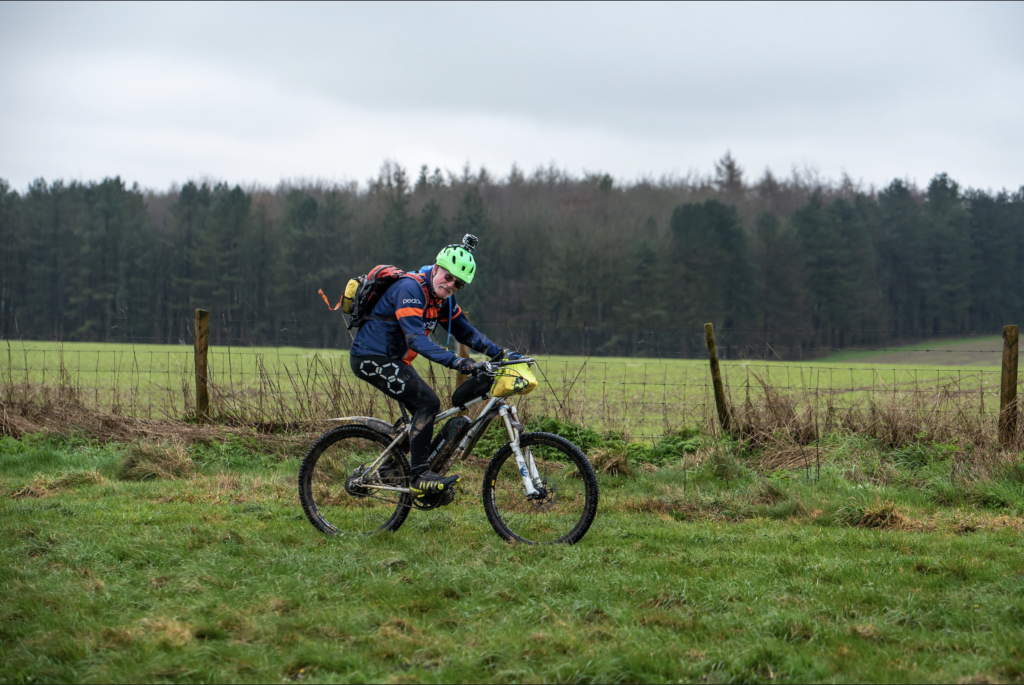
At Easter we drove up to Rutland for the Tandem Club Easter Rally and AGM there. The weather was ok for most of the weekend and we got a few rides in, staying in a lovely pub in Exton.
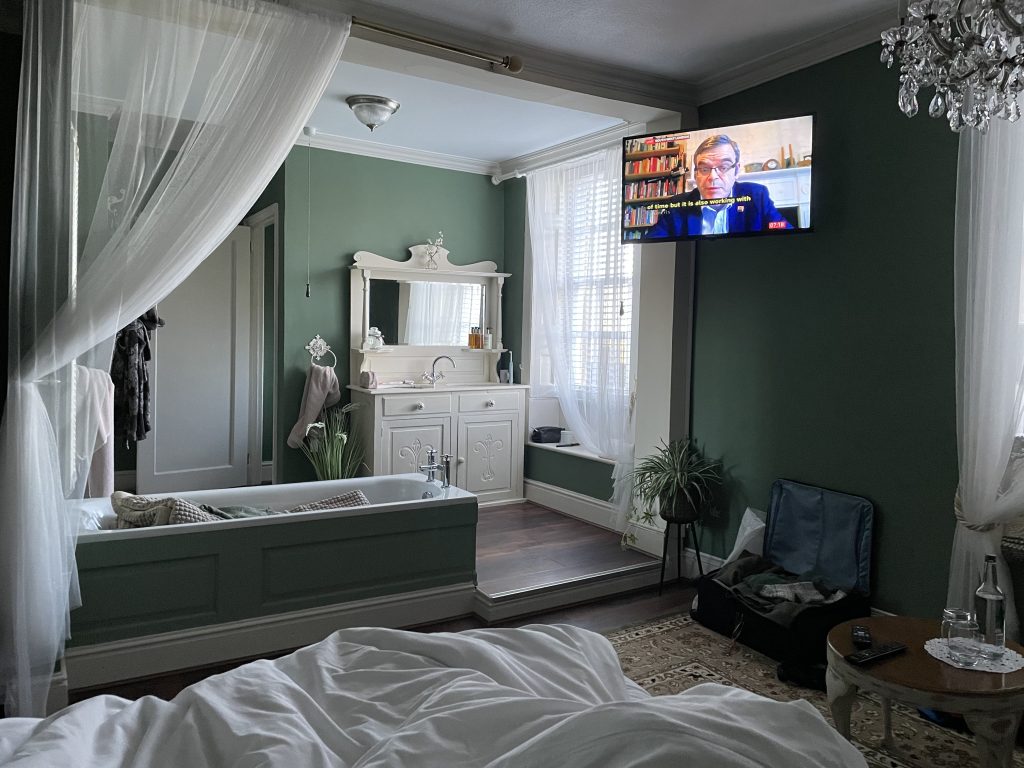
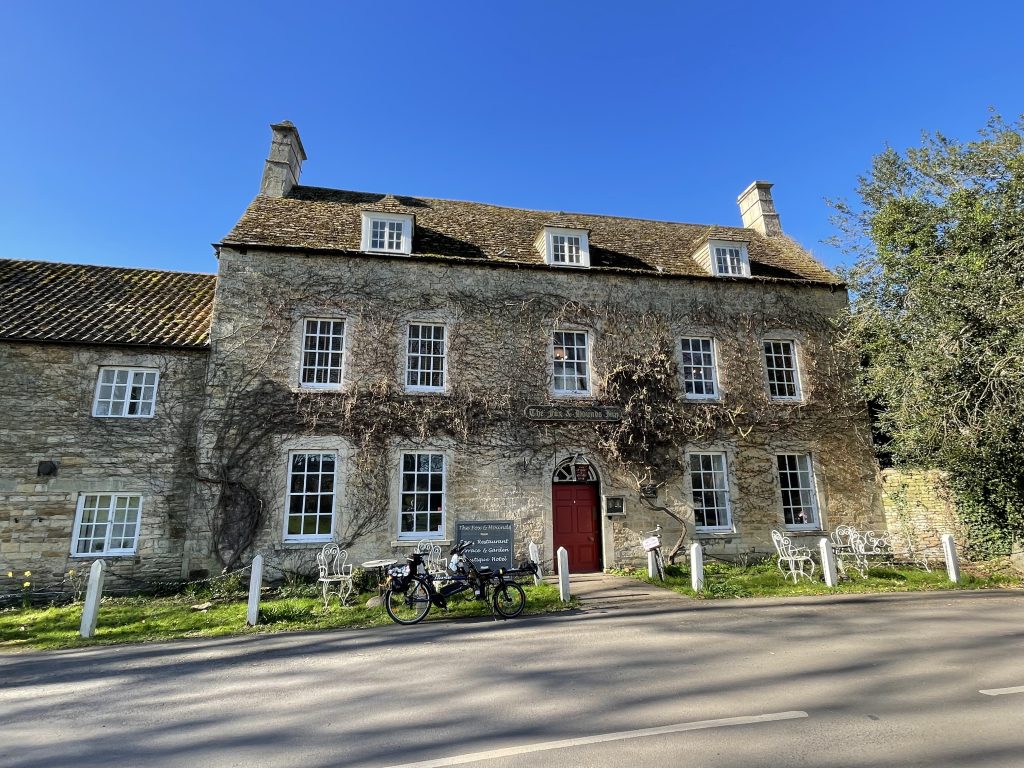
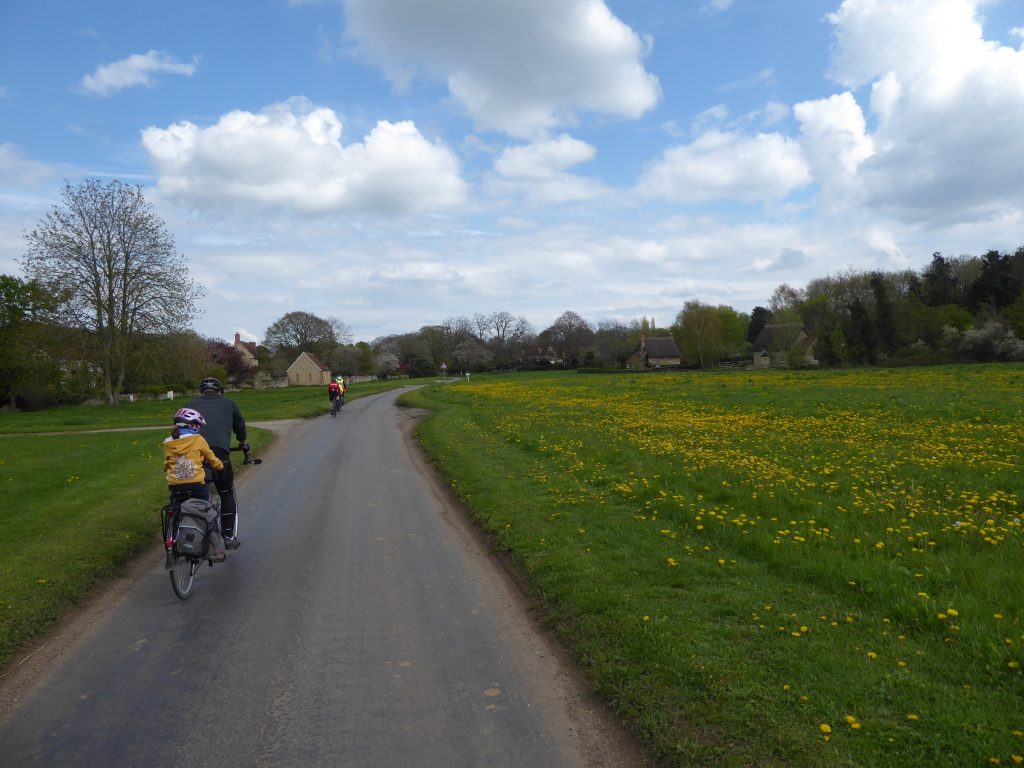
At the end of April we headed for London with the Pino and checked in to a Premier Inn in the Docklands area. Next day we set off early on the bike to attend the Tweed Run. It’s an expensive ‘Day’ out with tickets now £50 and a couple of nights in a hotel, but we think it’s worth it.
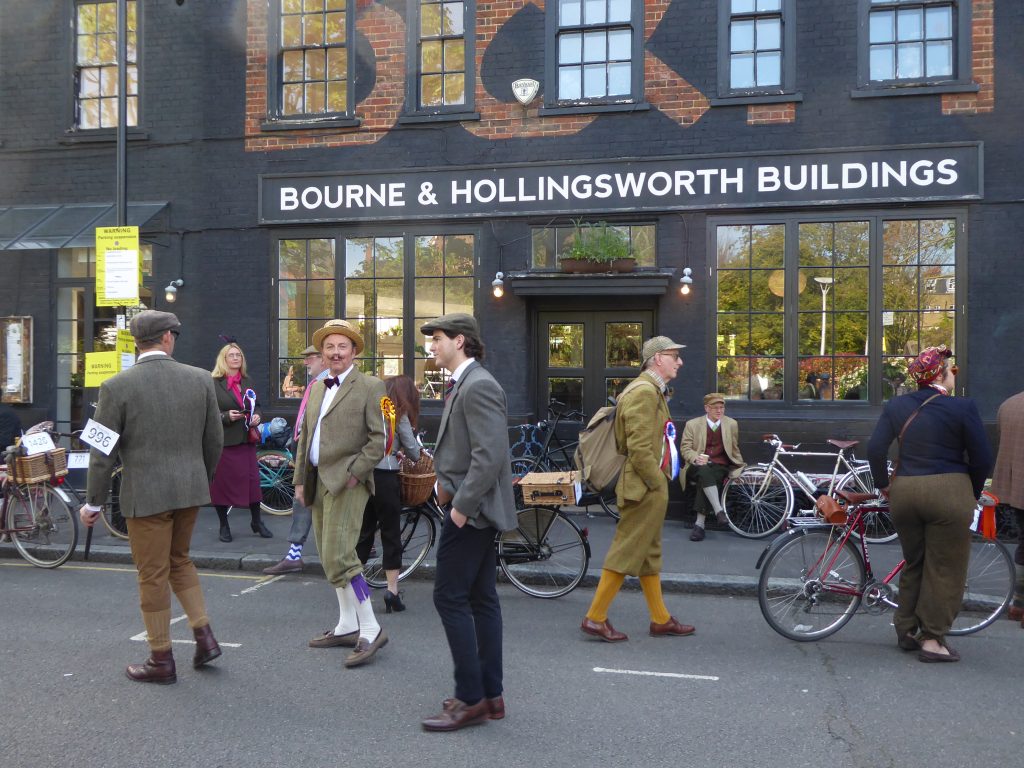
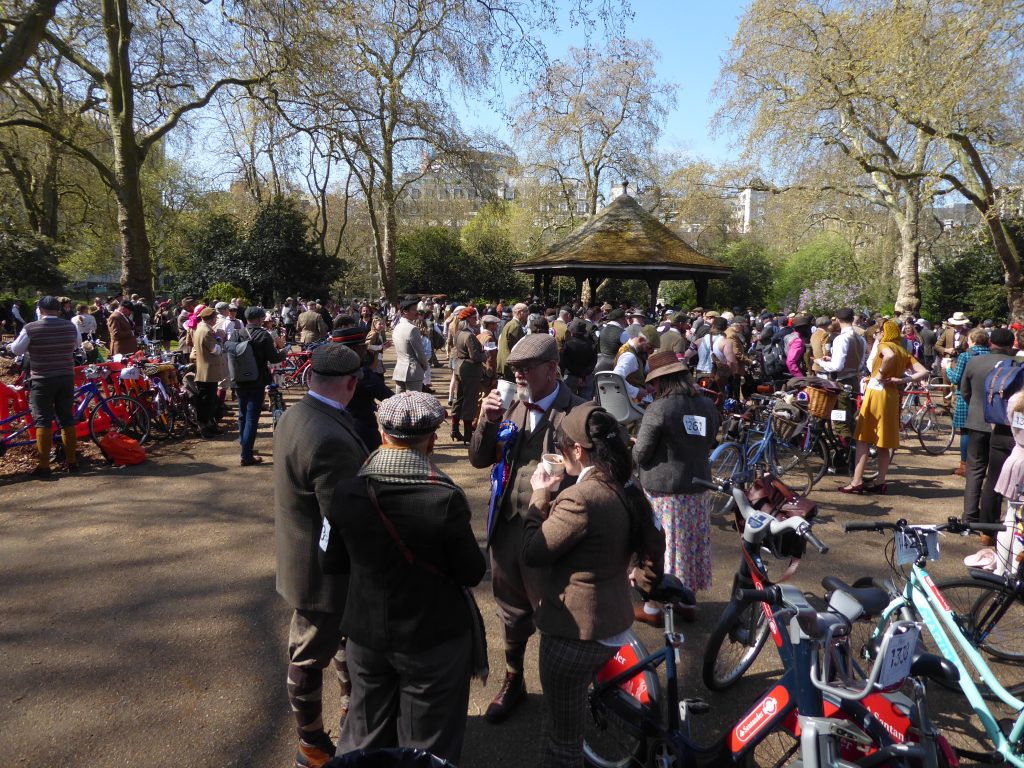
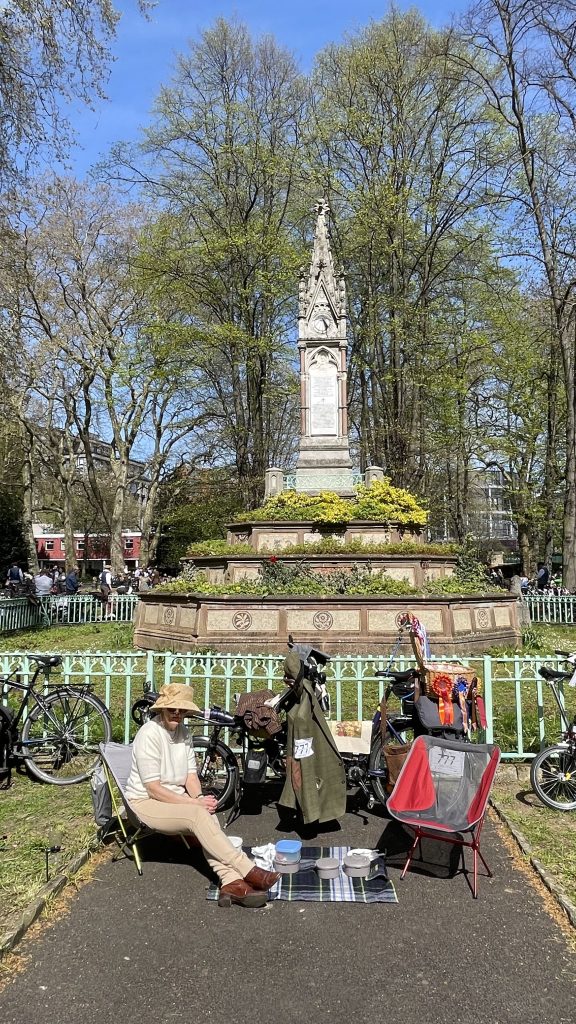
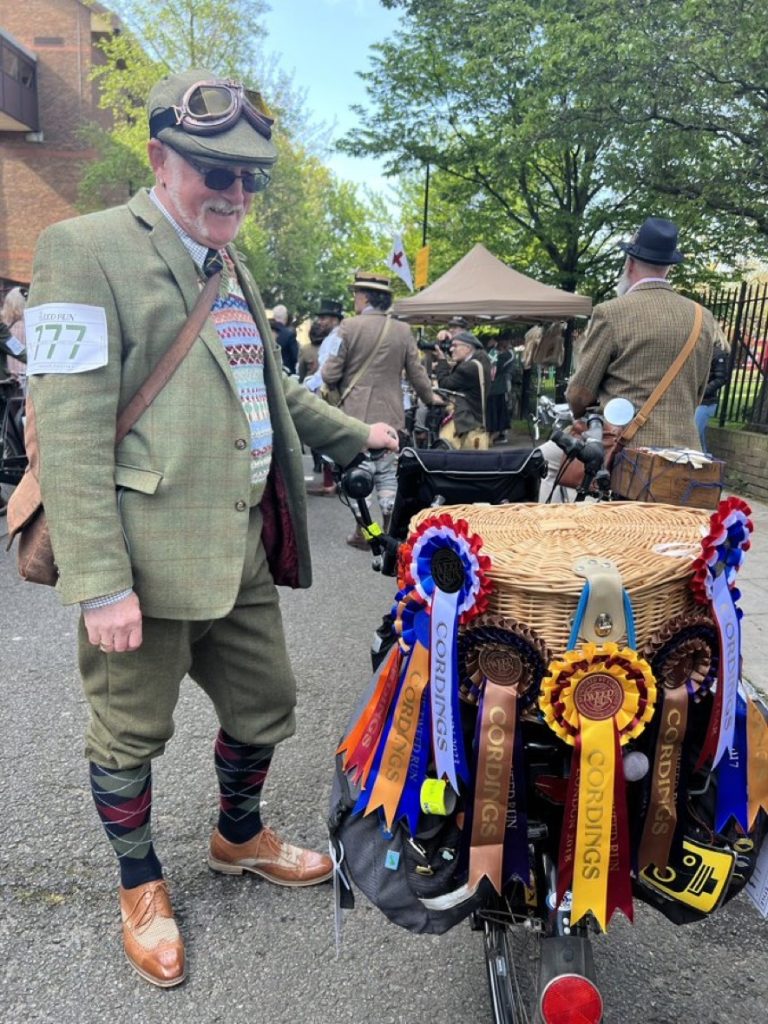
In May we headed for Germany, near Bielefeld for TandemTreffen ’23 which takes place over a long weekend. We all stayed in the same hotel and ate together at breakfast and in the evenings after which there were presentations and socialising. It’s a very enjoyable weekend.
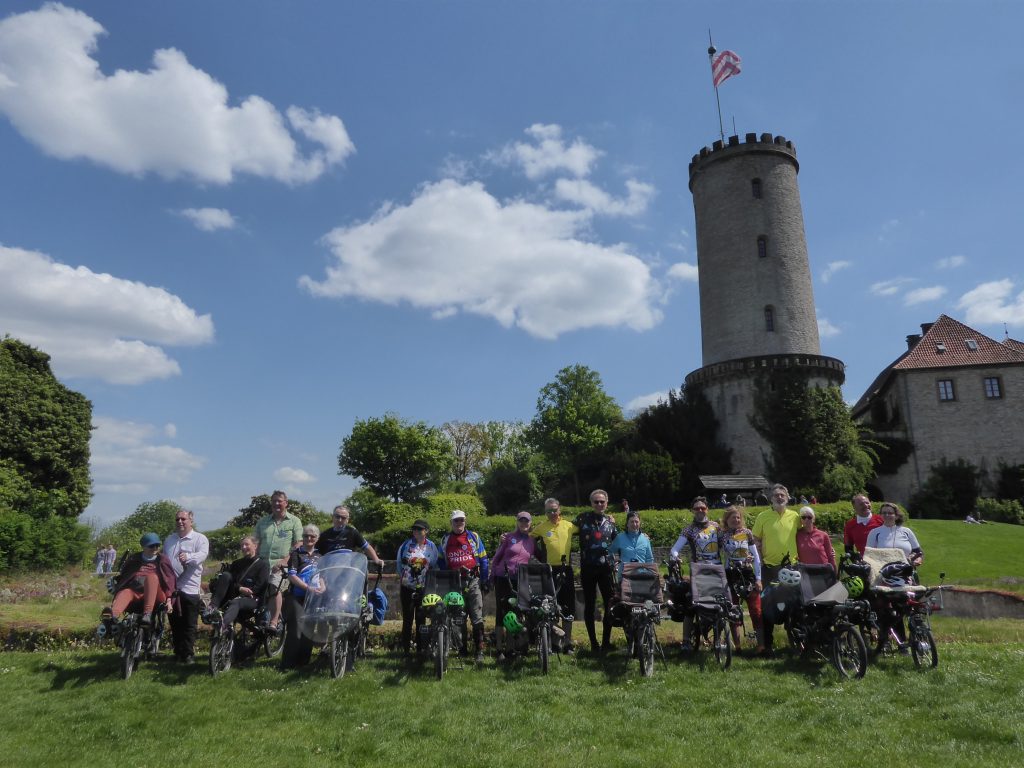
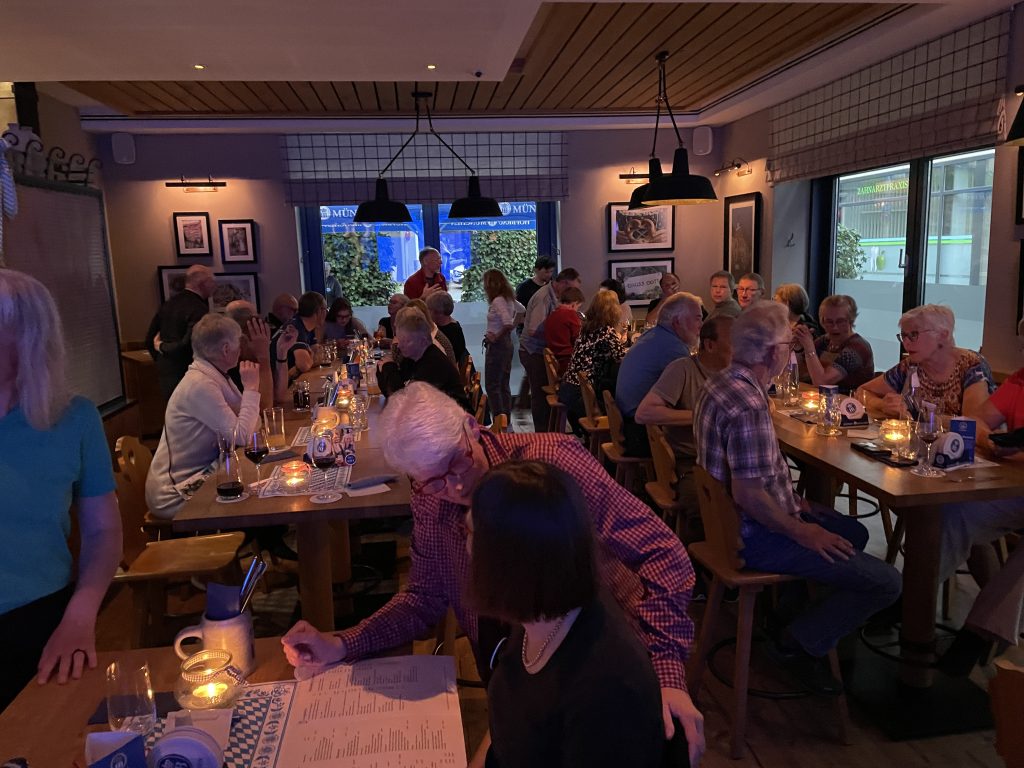
After TandemTreffen finished, there was only a week before the International Tandem Rally (ITR) in Scaër, Brittany so we drove there, stopping for two nights each at Eijsden on the Dutch/Belgique border, Amiens and Mont St. Michel.
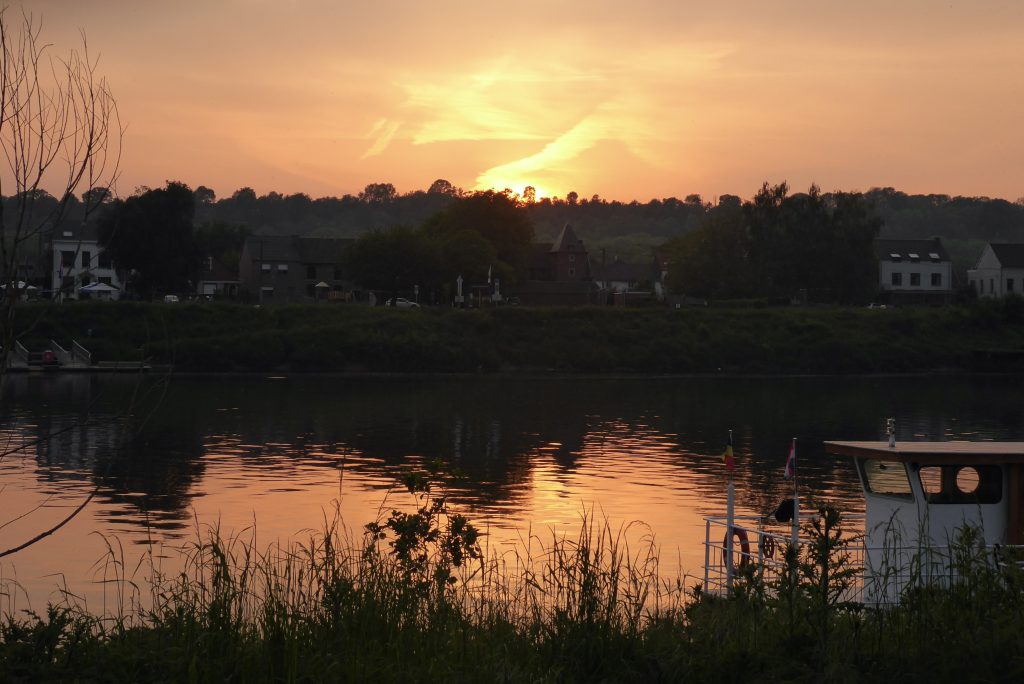

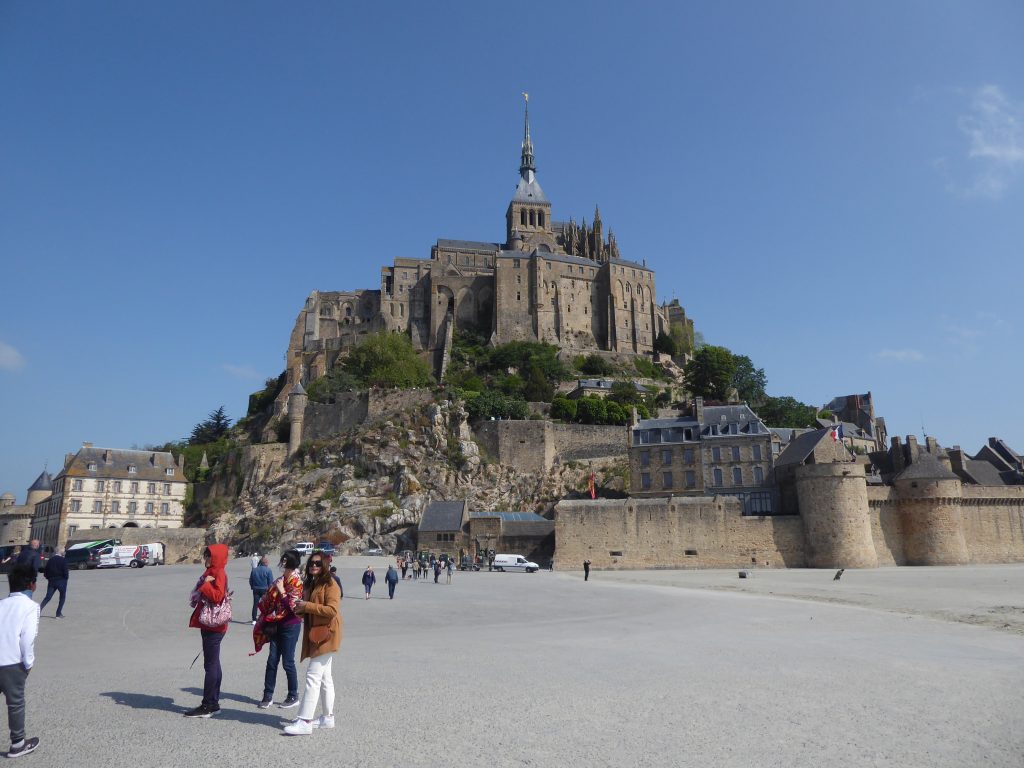
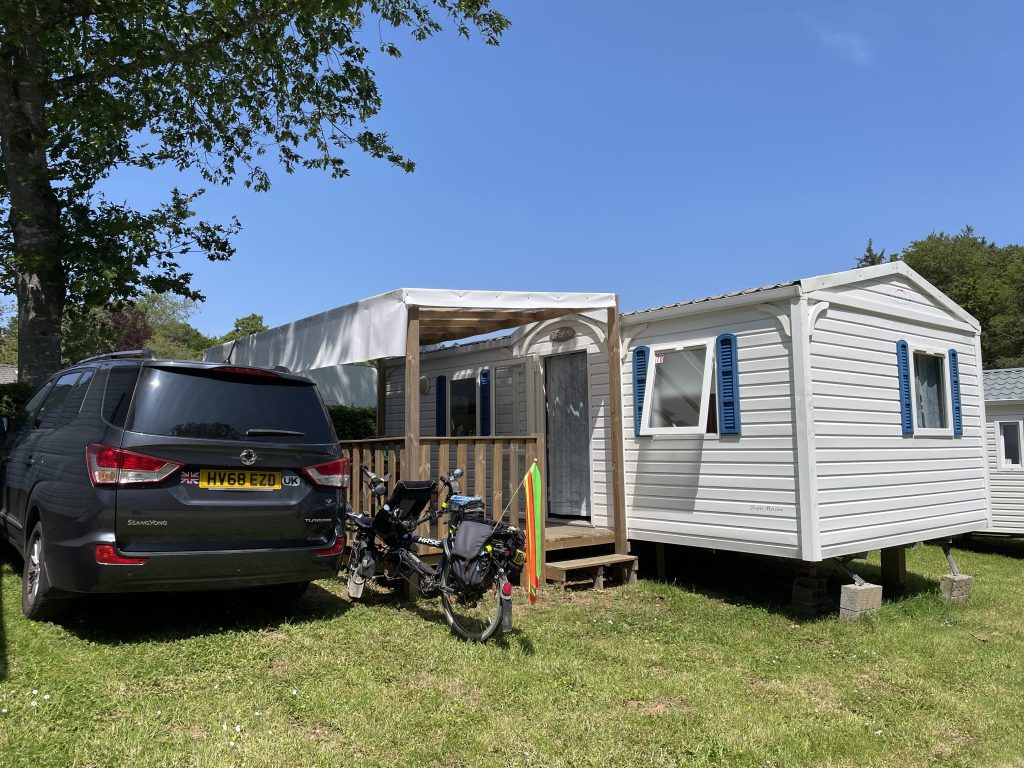
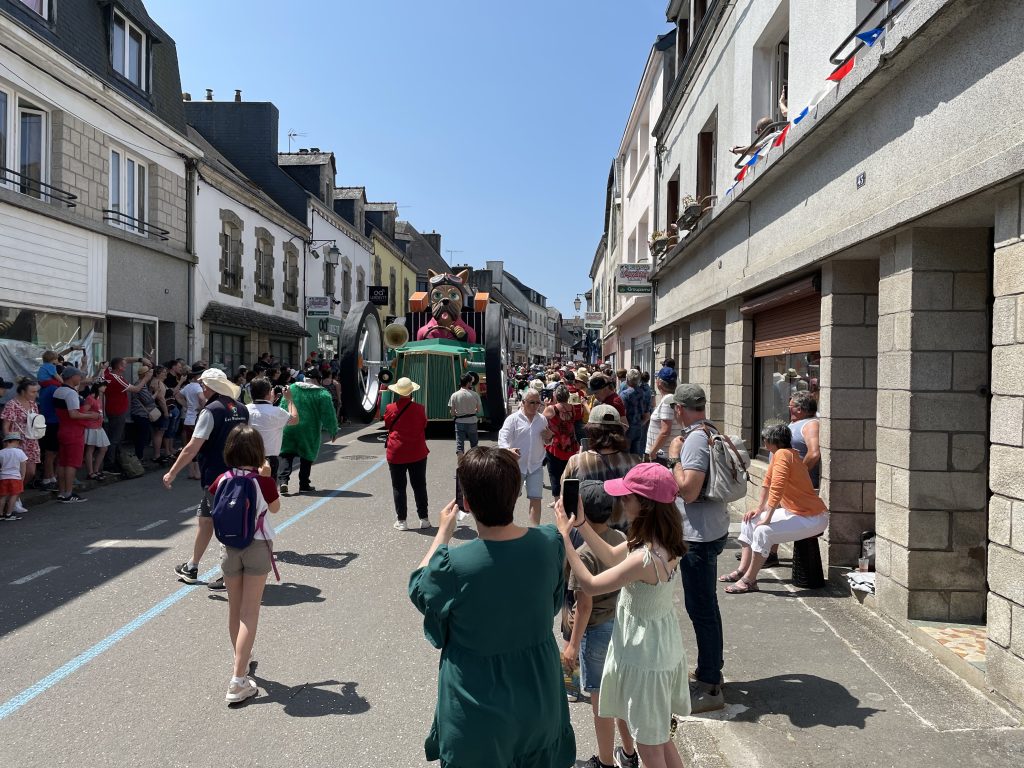

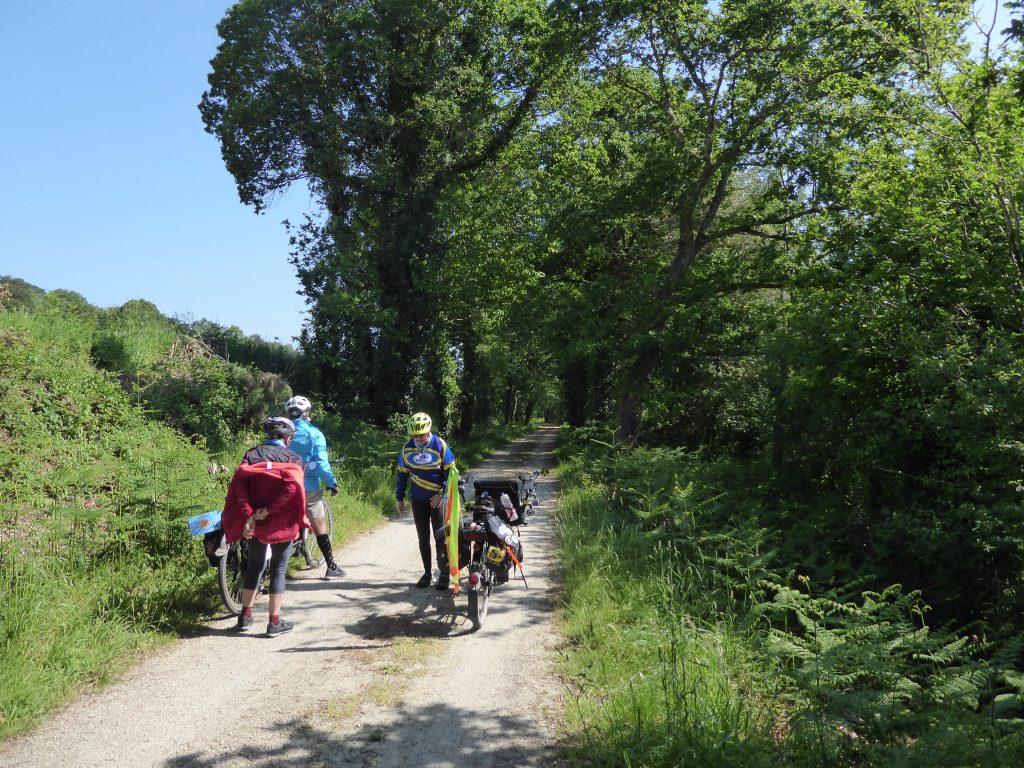
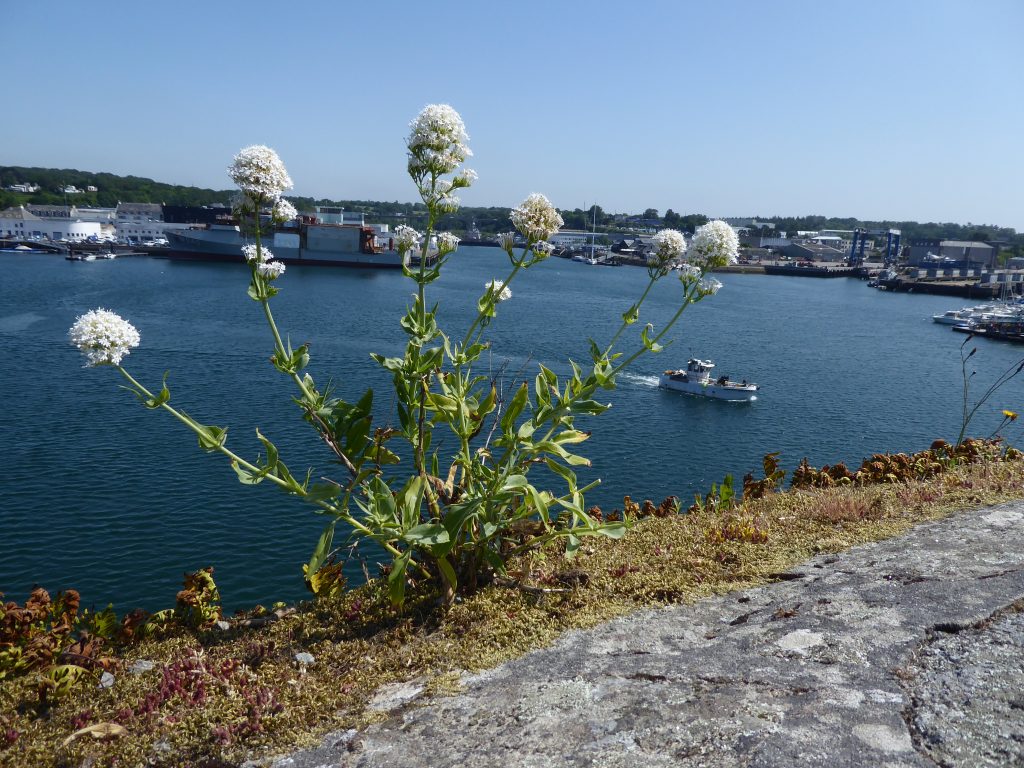
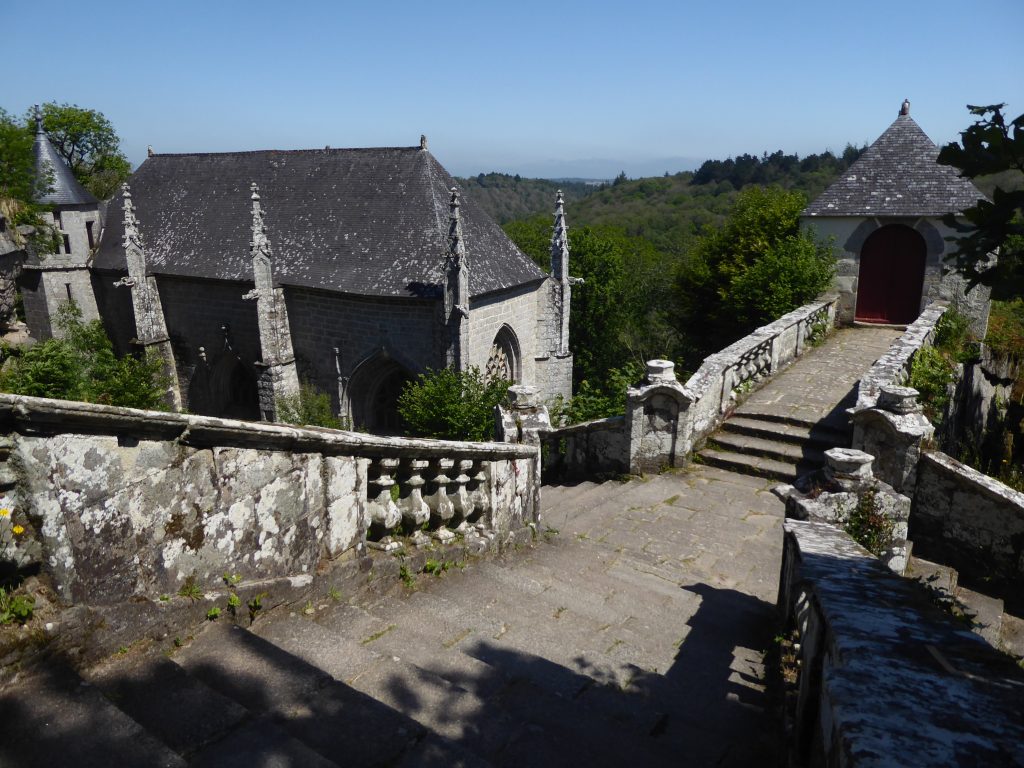
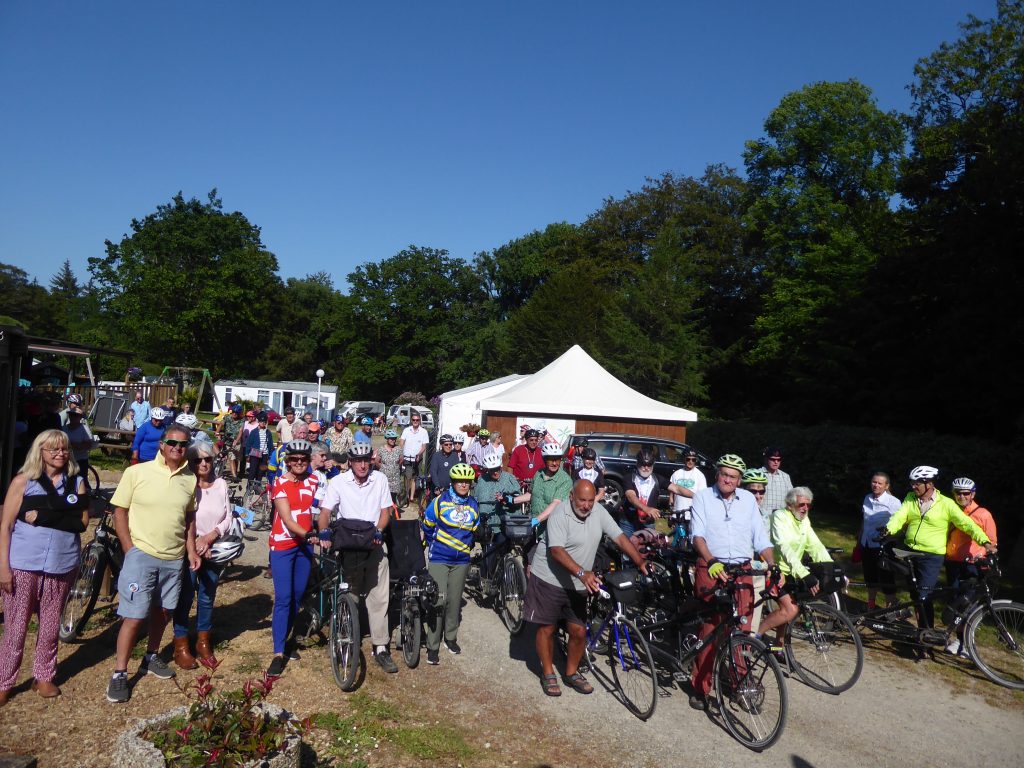
At the end of the ITR we had five days before our return ferry, so we drove to the North Brittany Coast – the pink granite coast – and spent a couple of days exploring along the coast on the Pino. This was so much better than relying on the car, as many of the little coastline lanes were one-way and car parks were limited or charged, but with the bike we could go wherever we wanted.
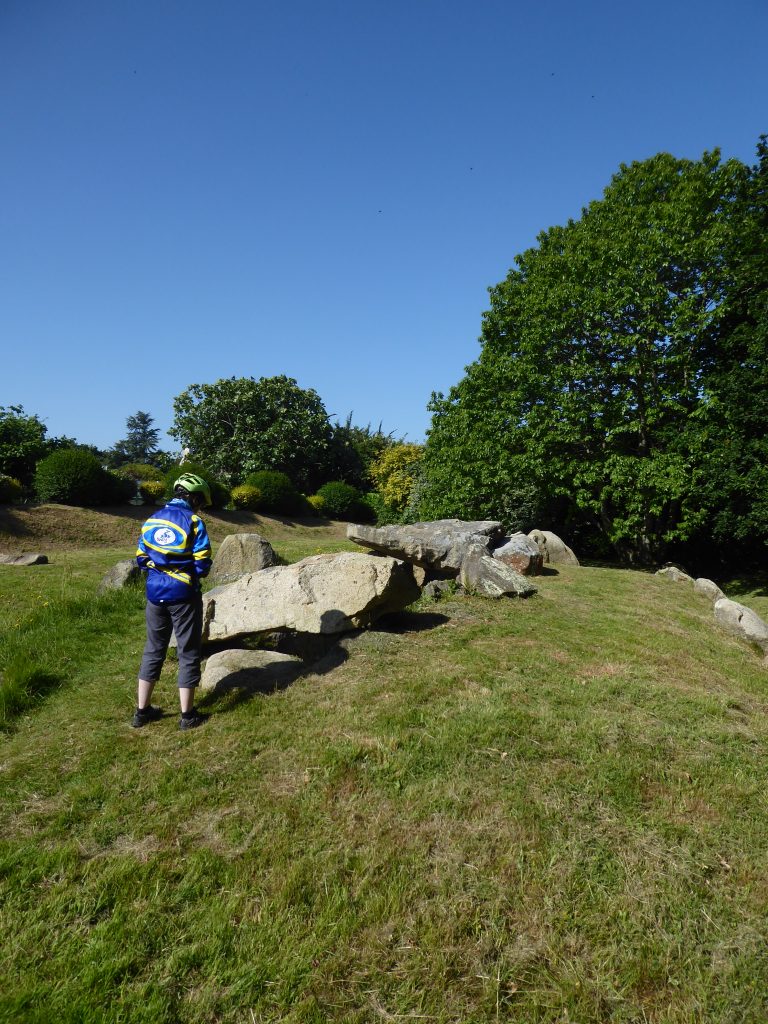
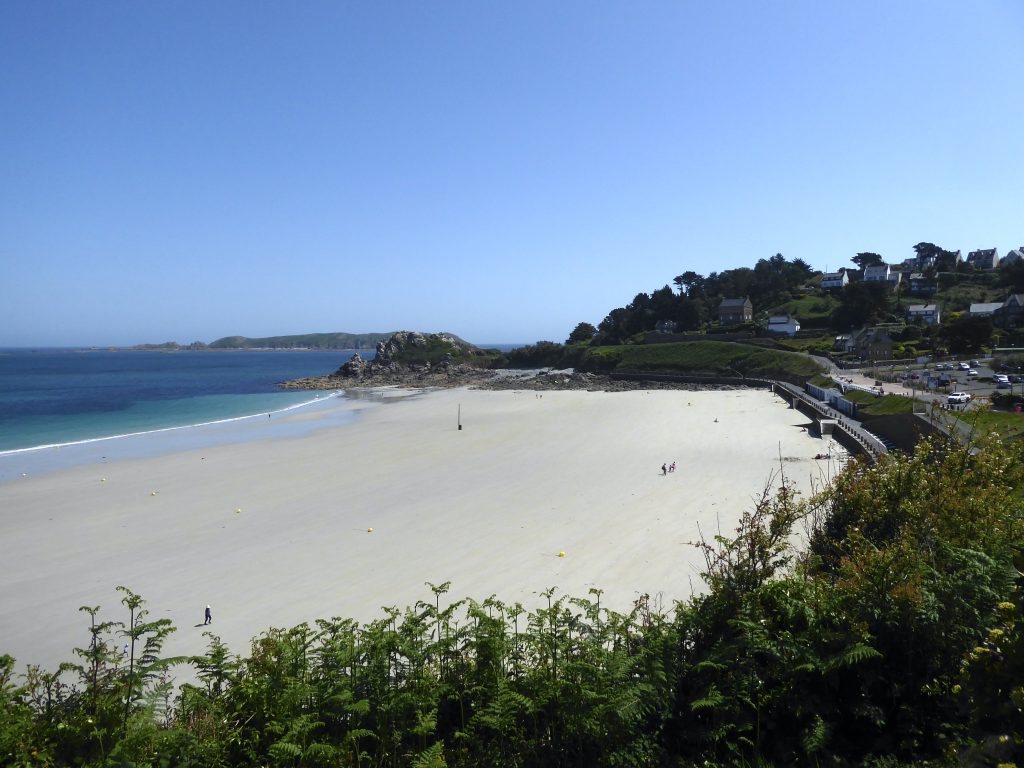
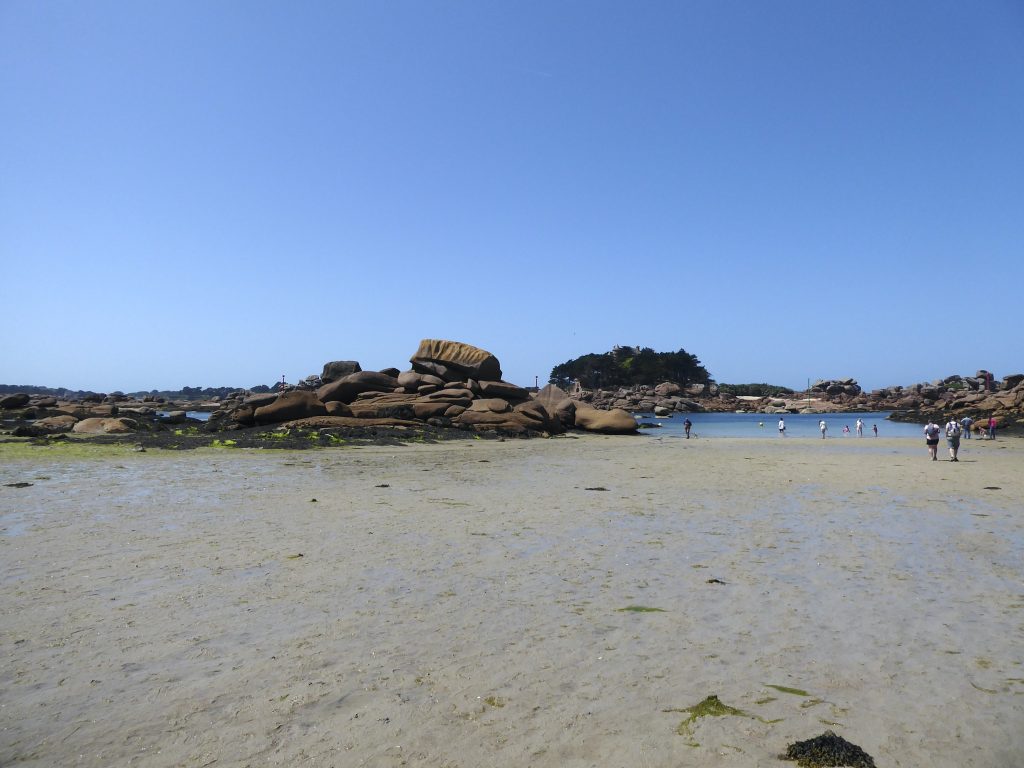
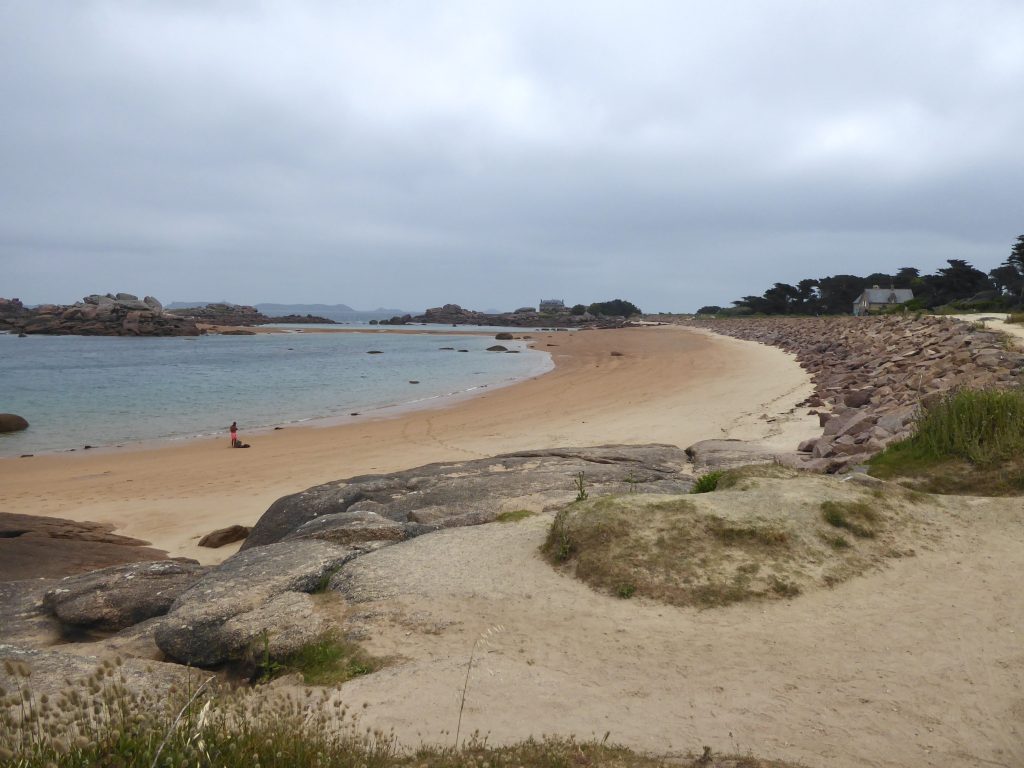
After a few days at Peros Guirac we headed for the town of Granville on the Cherbourg Peninsular. Our Hotel was right next to the beach but with no car park as such, we dropped off our bags then I parked up in a free area by the old port/harbour – a 10 minute walk away.
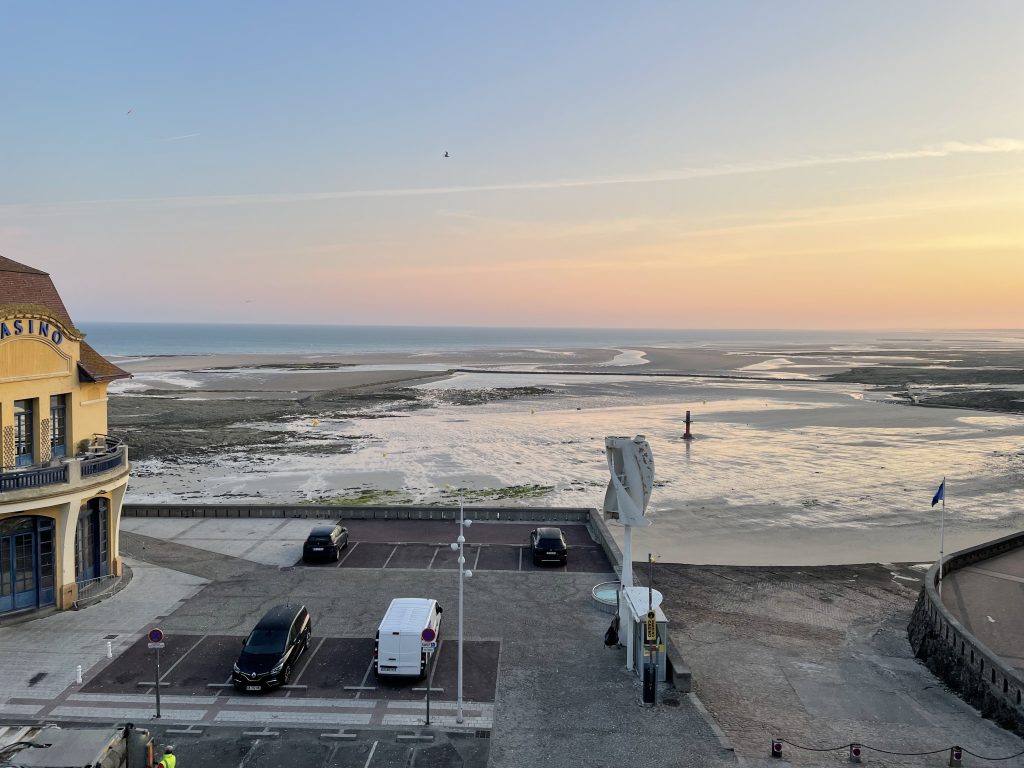
After a couple of nights in Granville we took a midday ferry back to Portsmouth. The next few days were spent sorting out all our washing etc. from being away for almost a month.
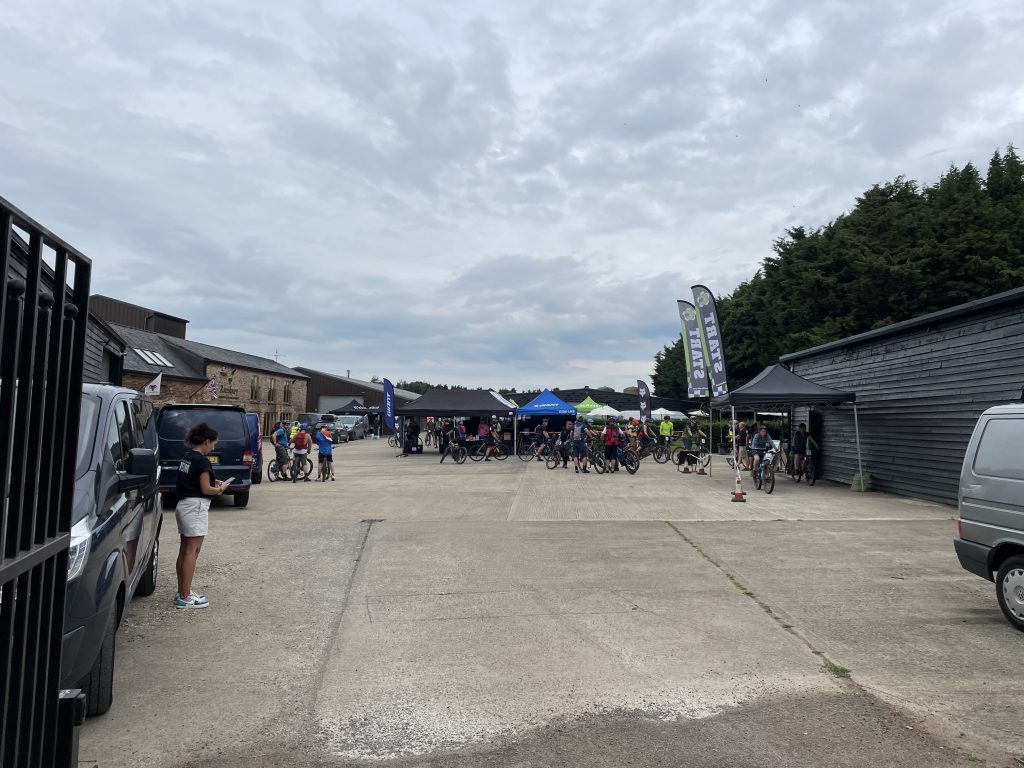
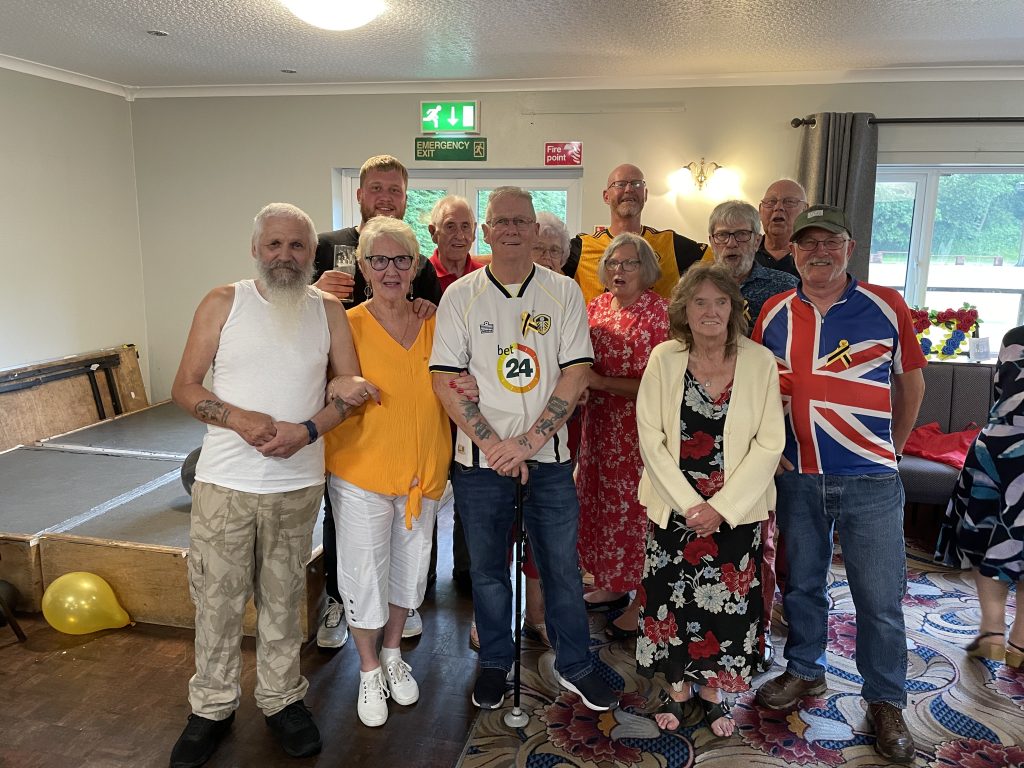
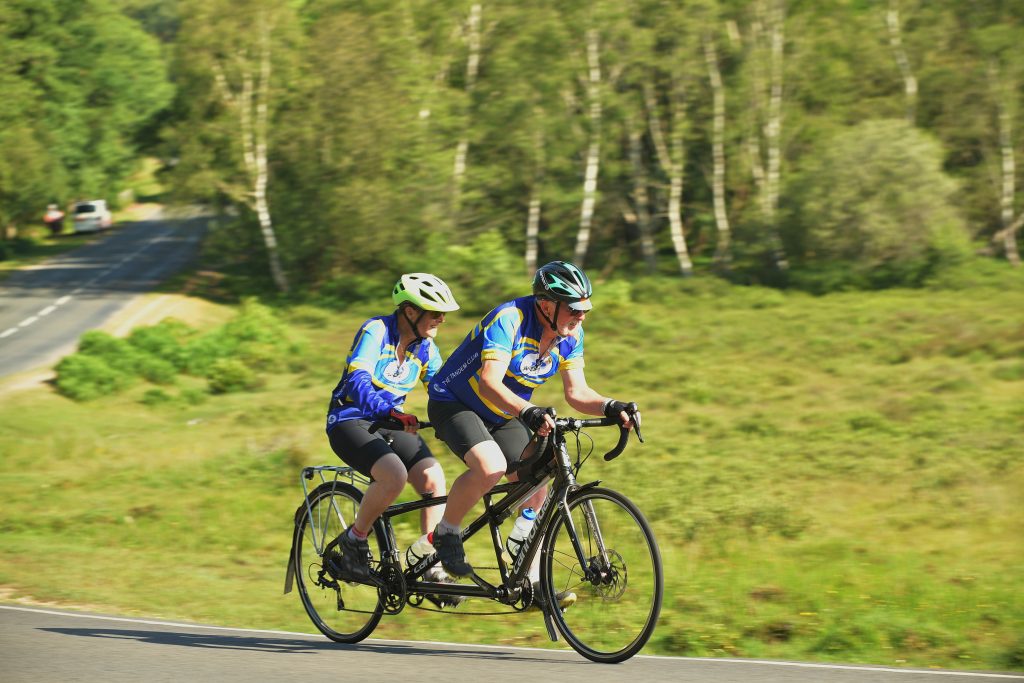
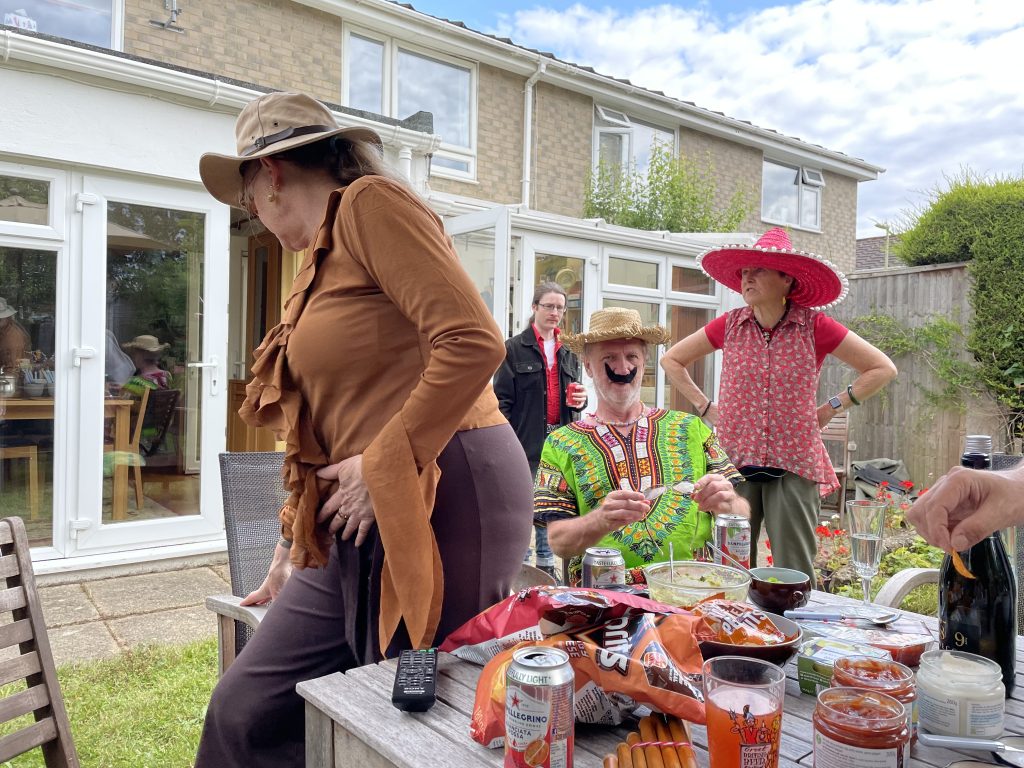
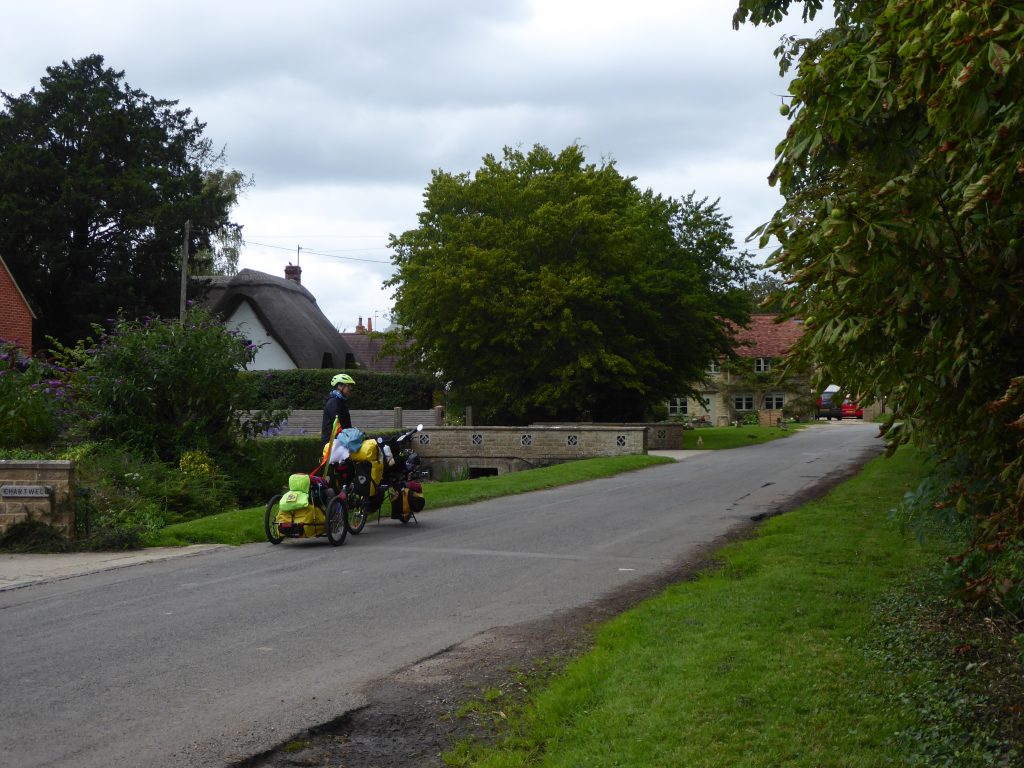
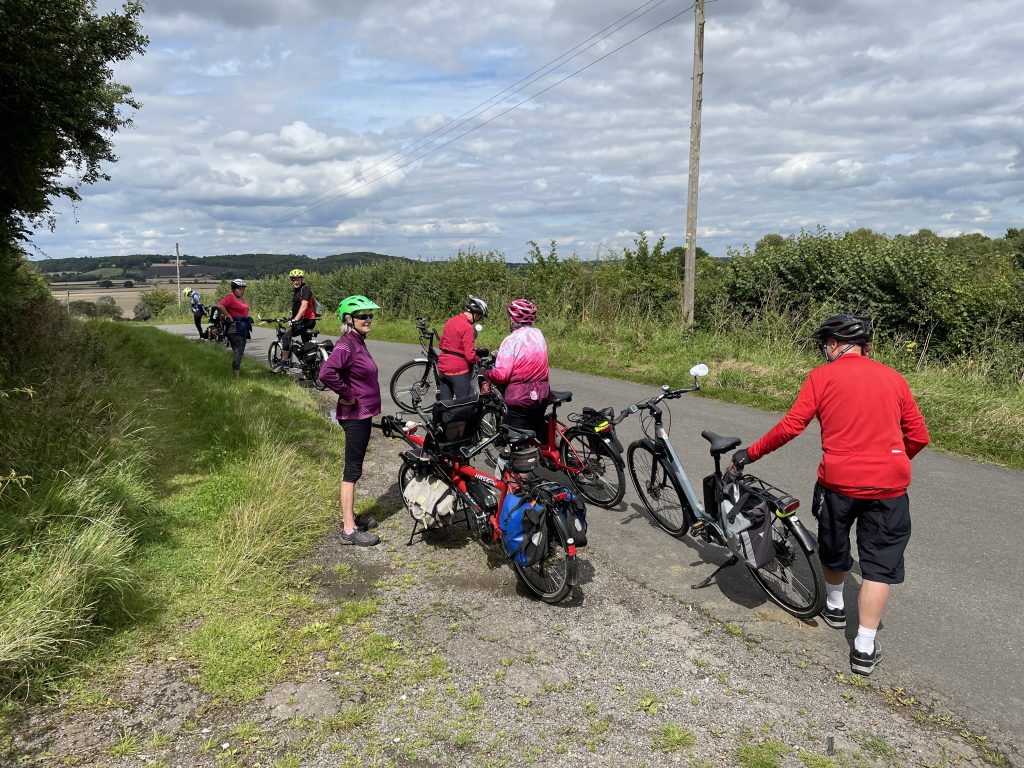
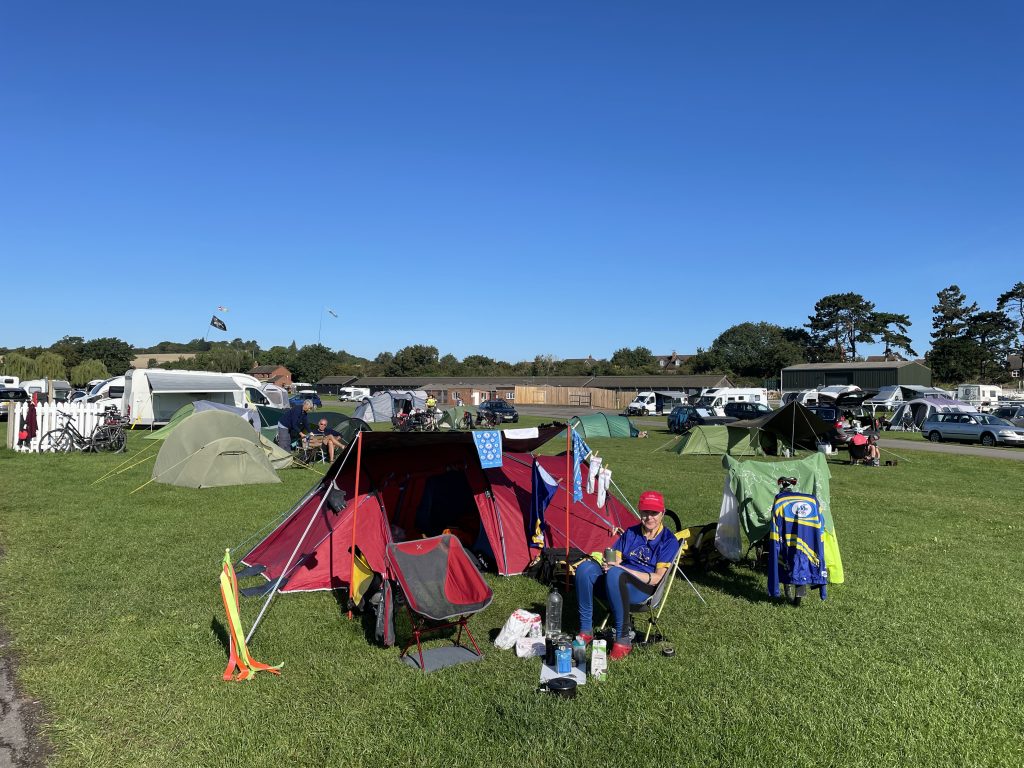
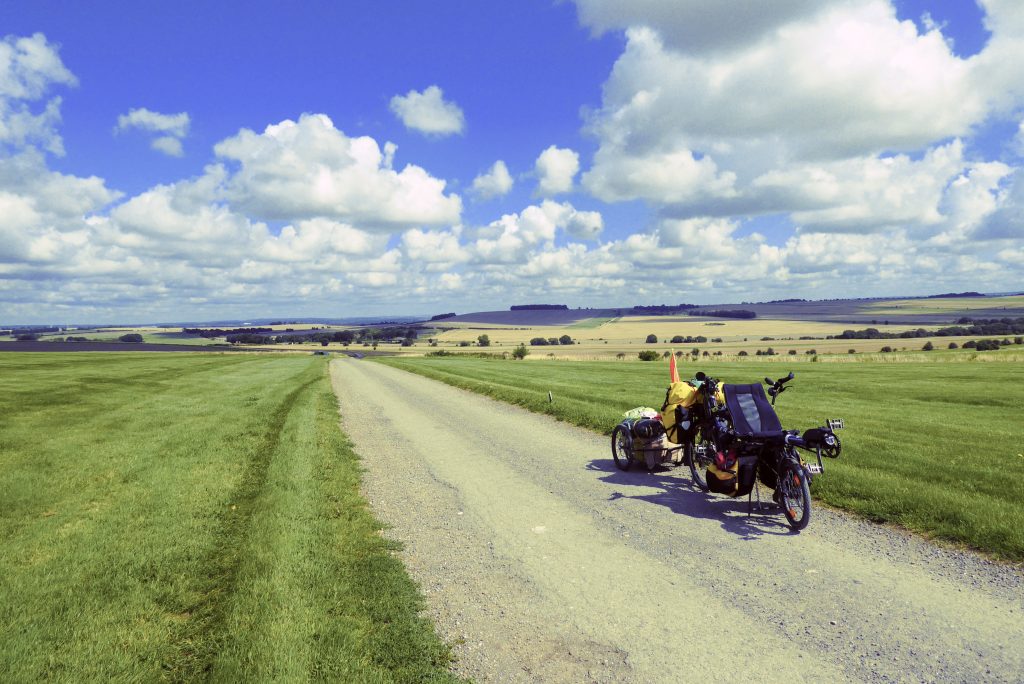
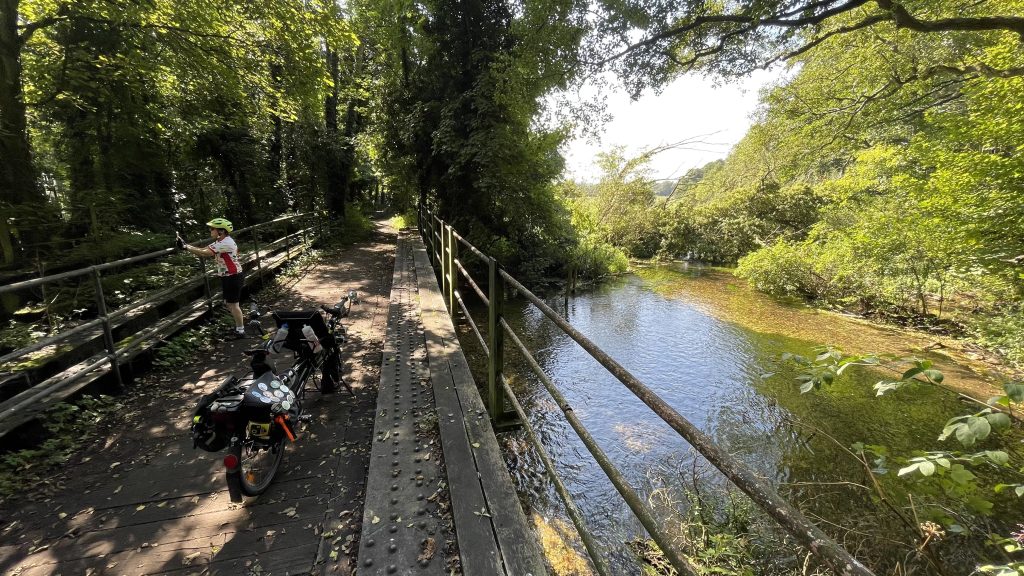
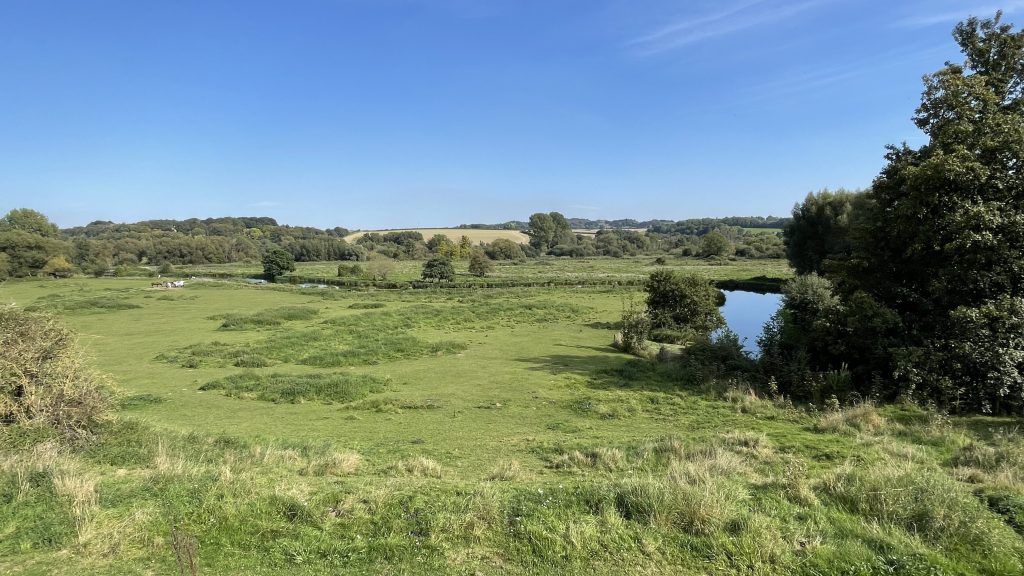
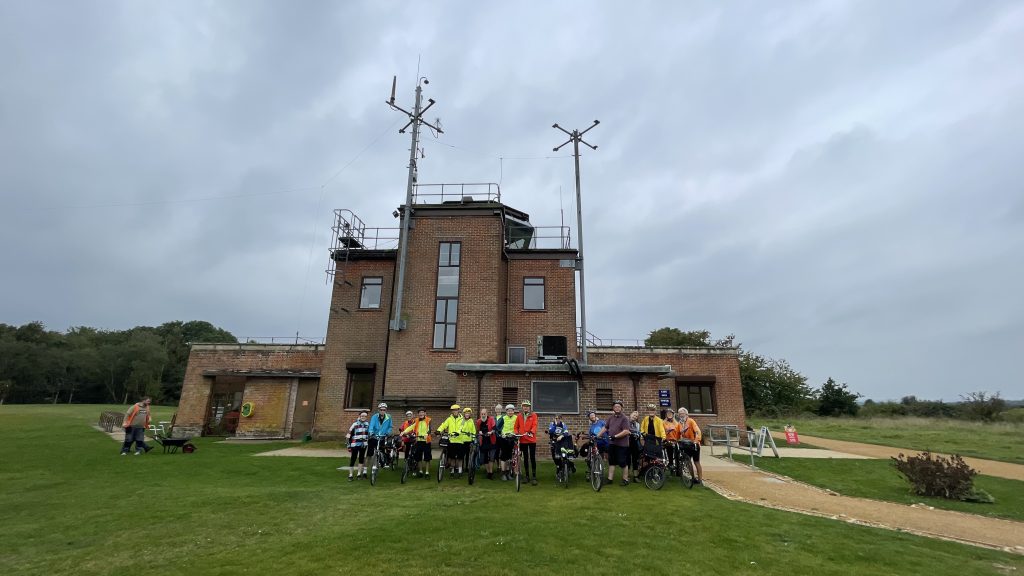
That brings us up-to-date for the year so far.
